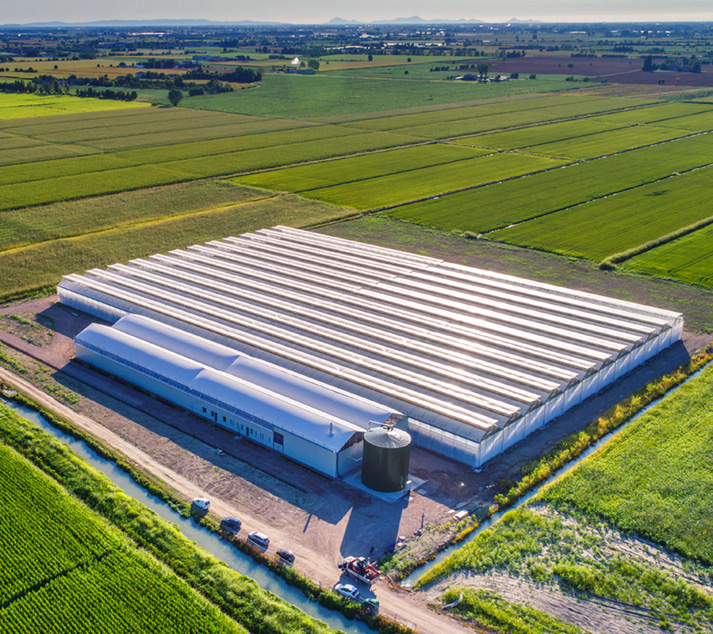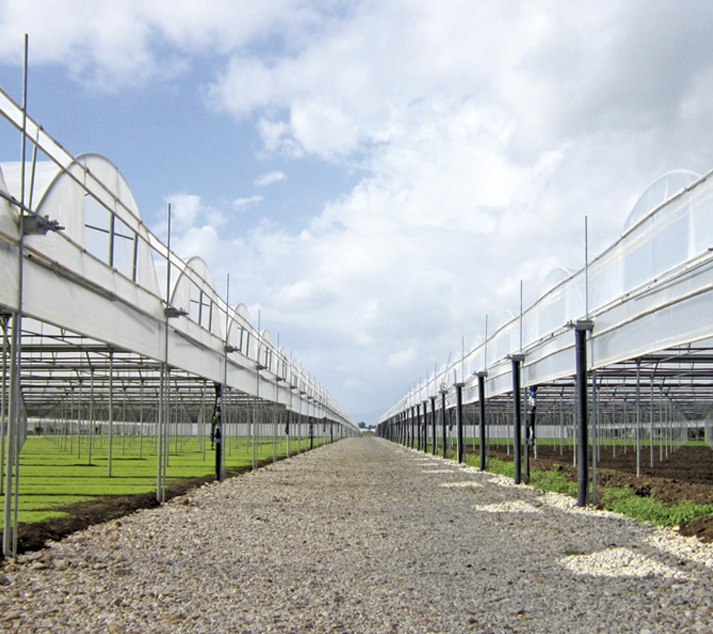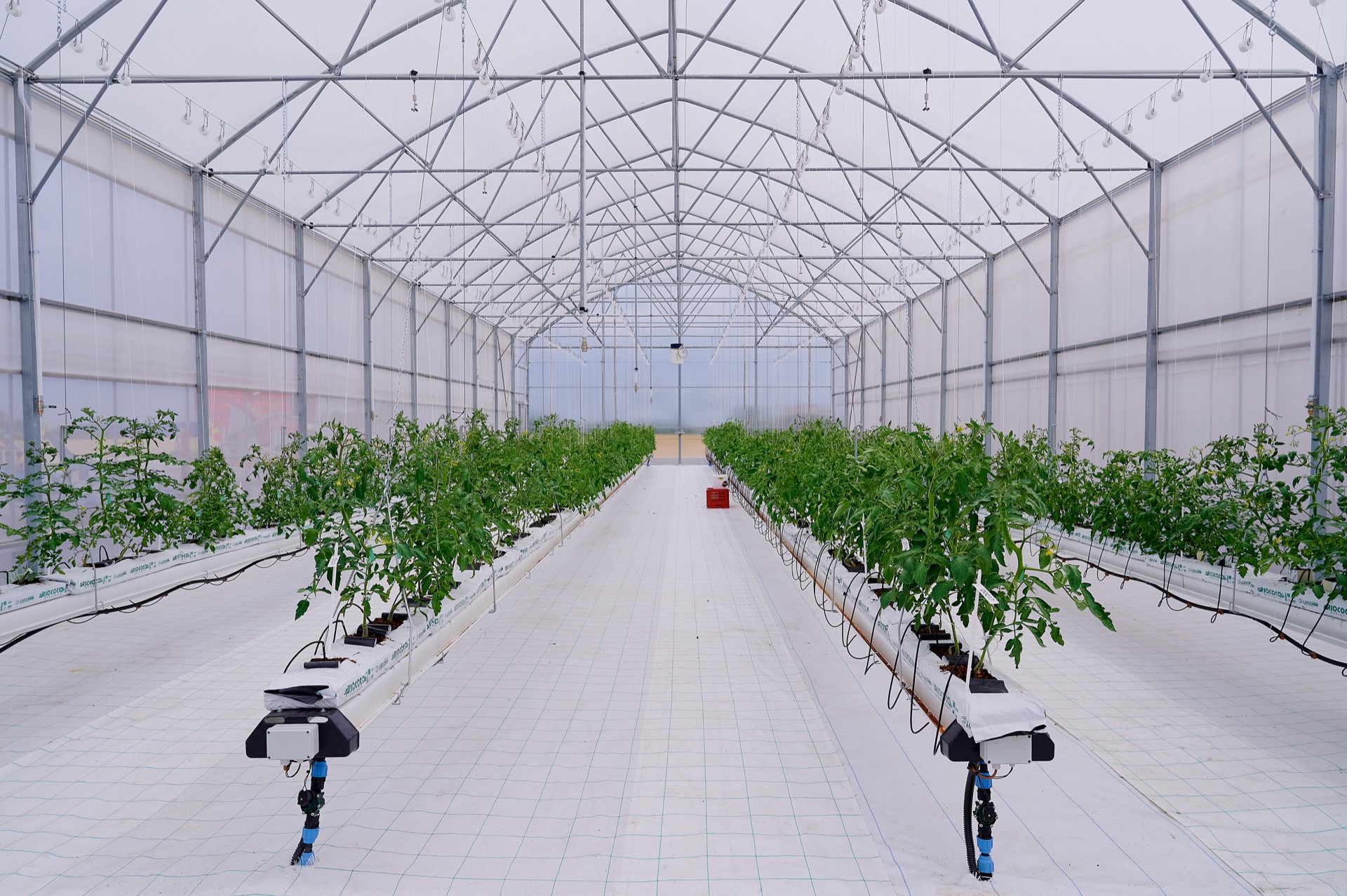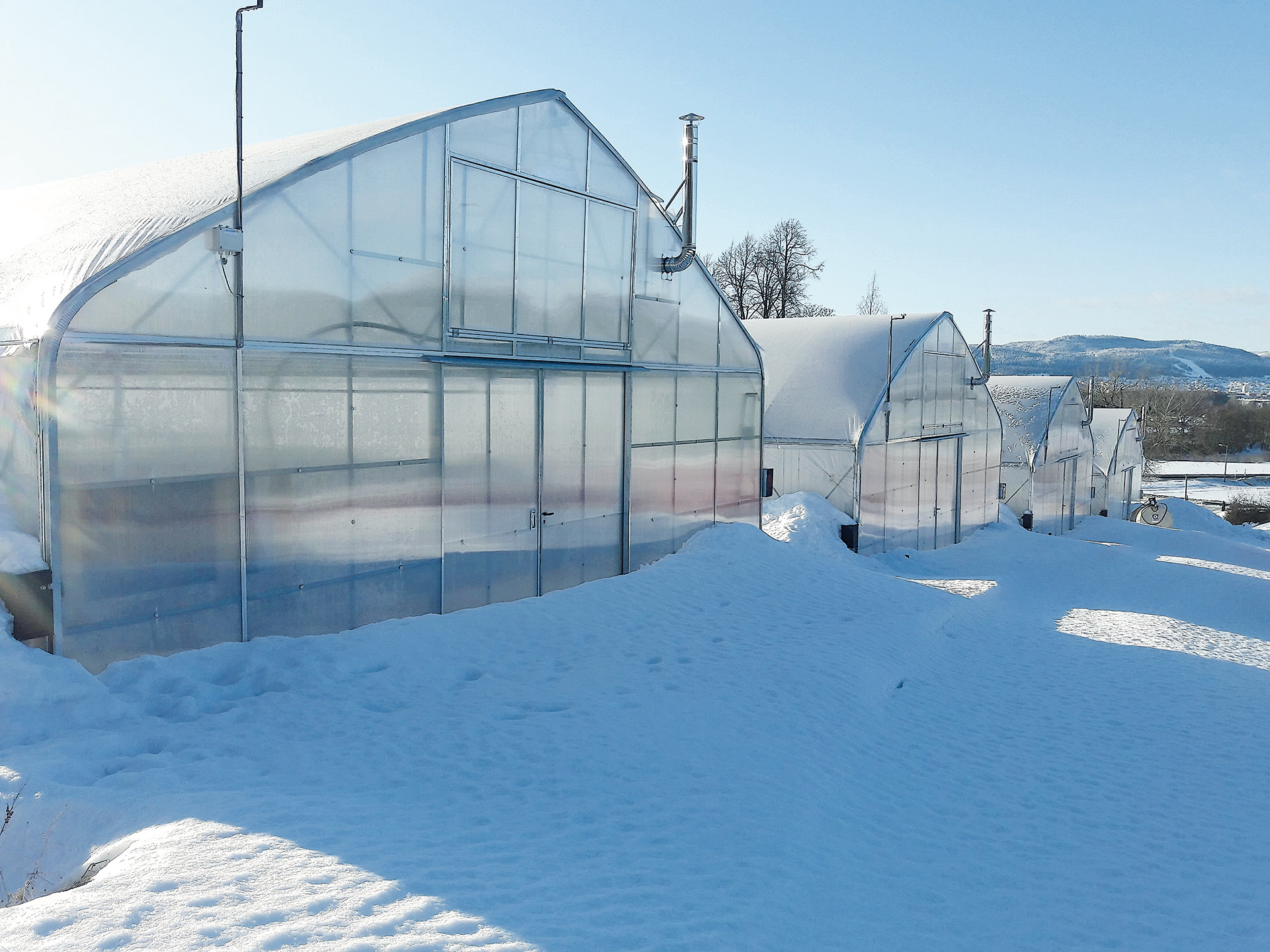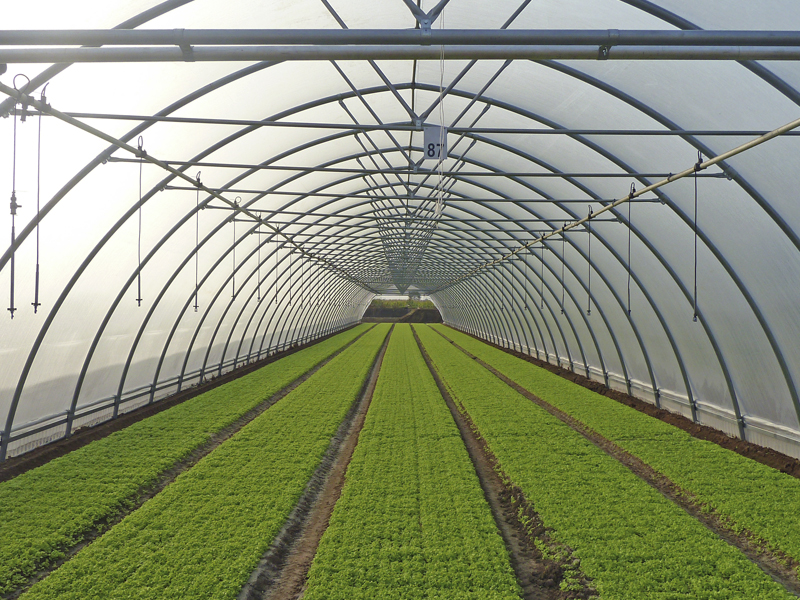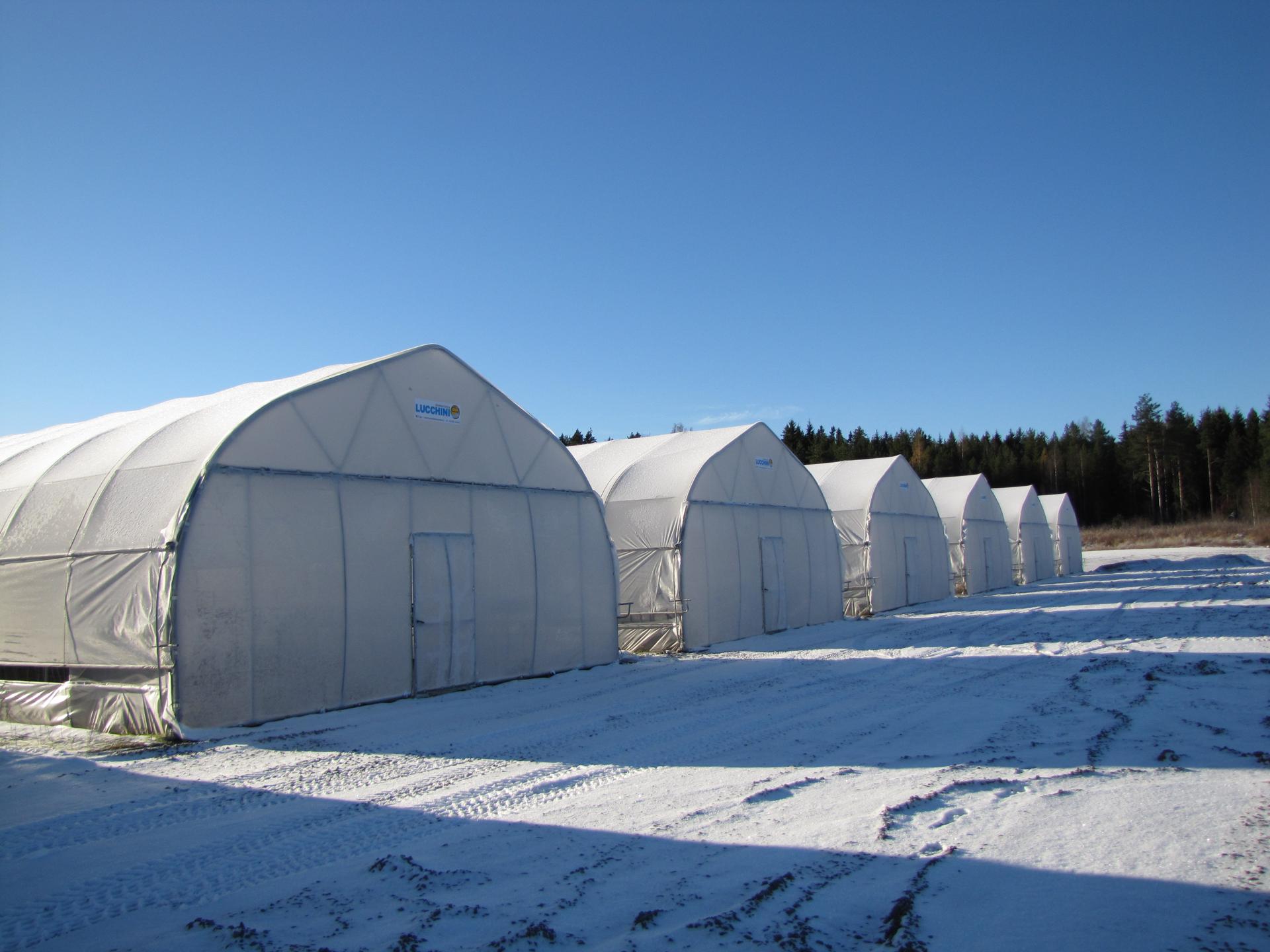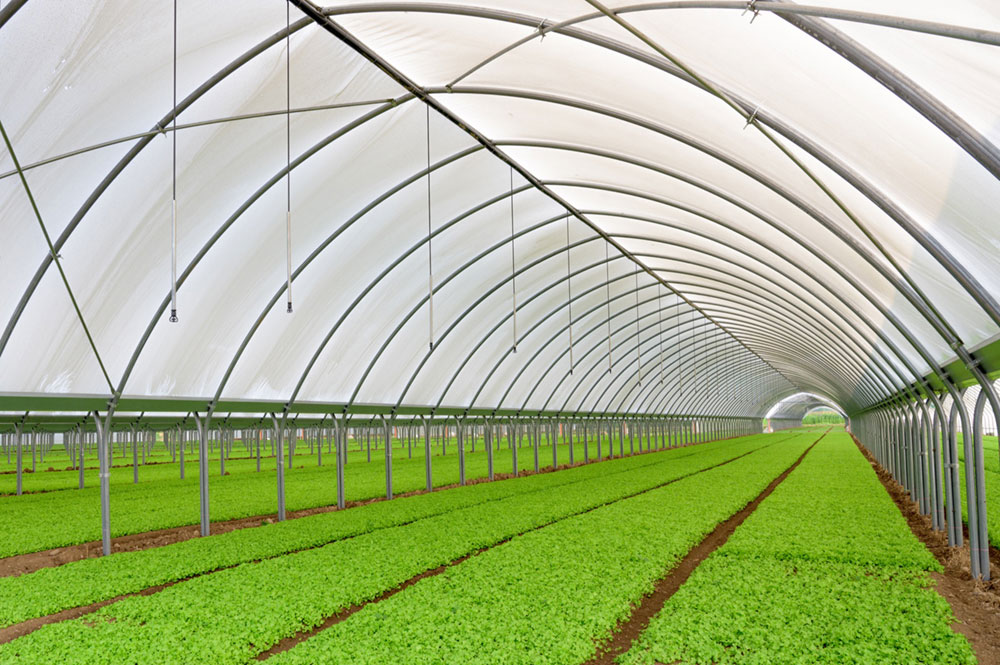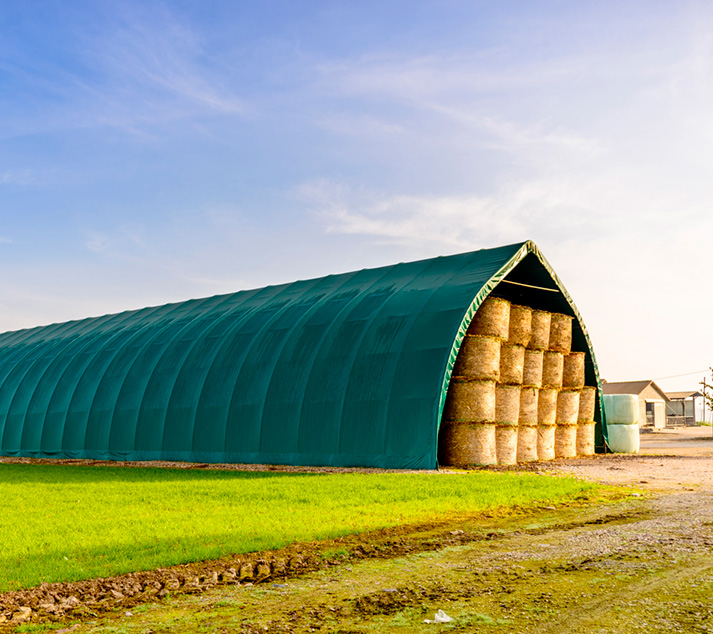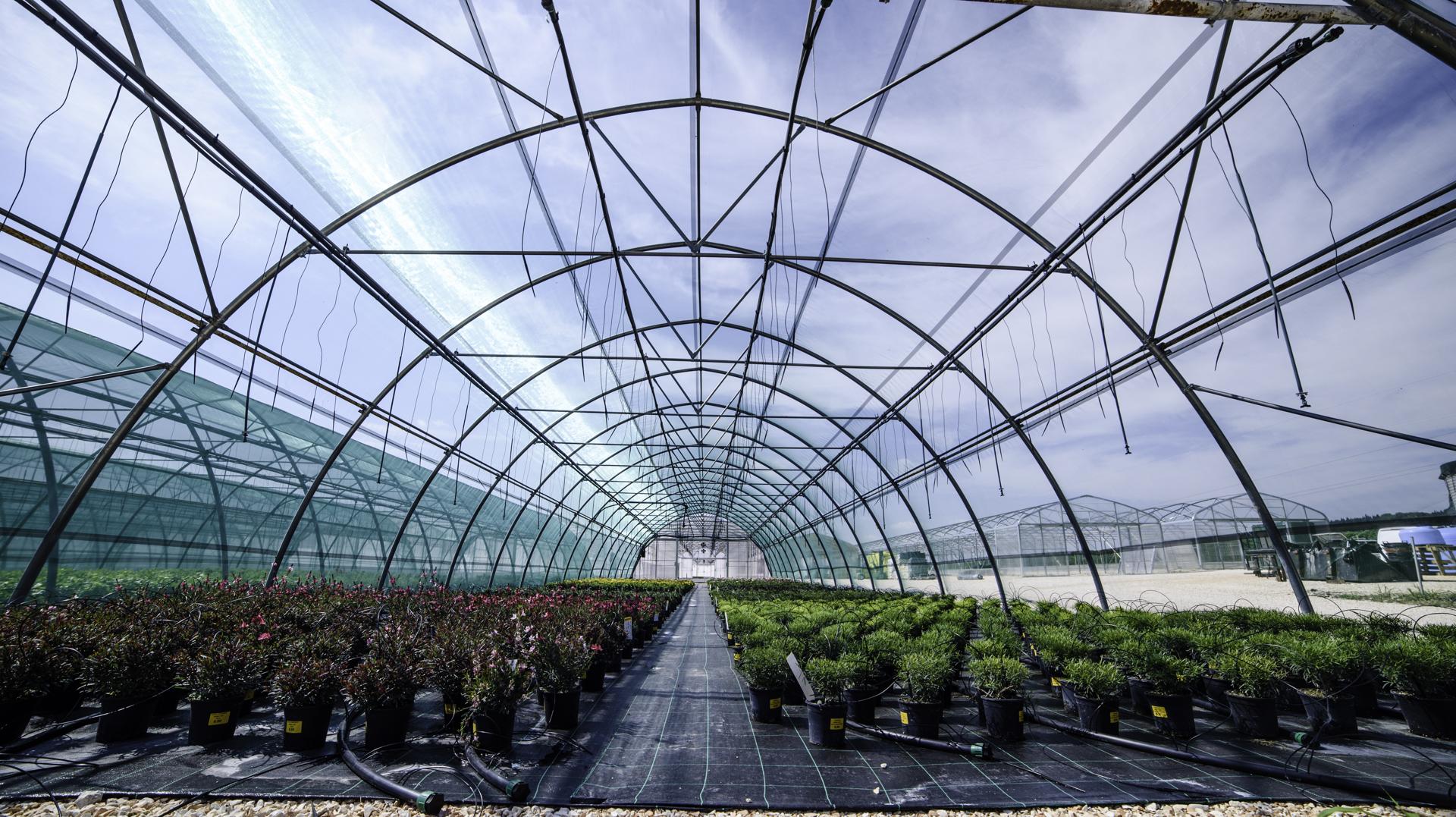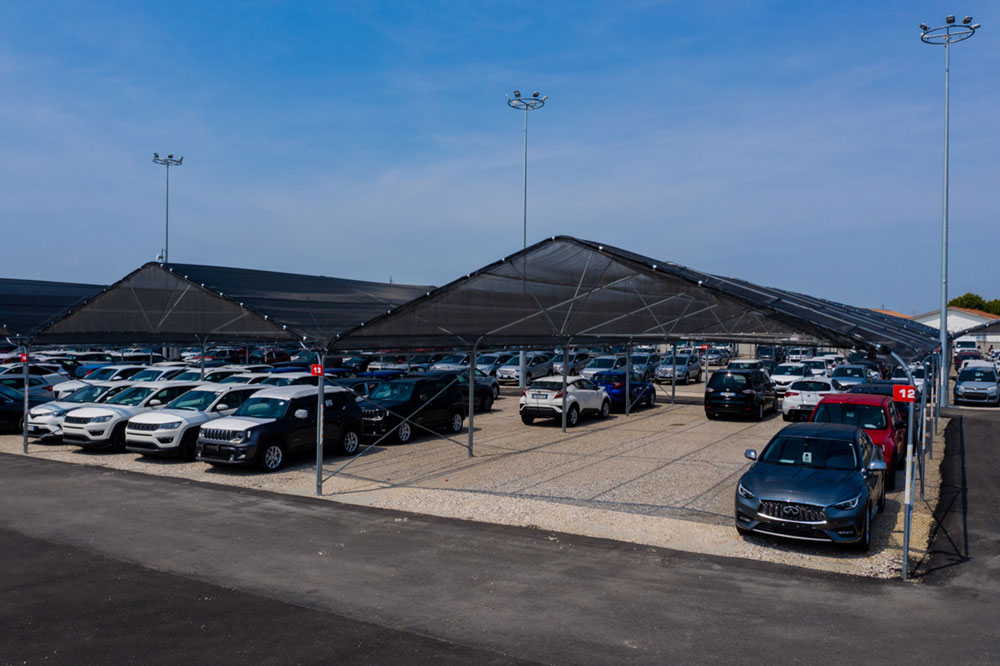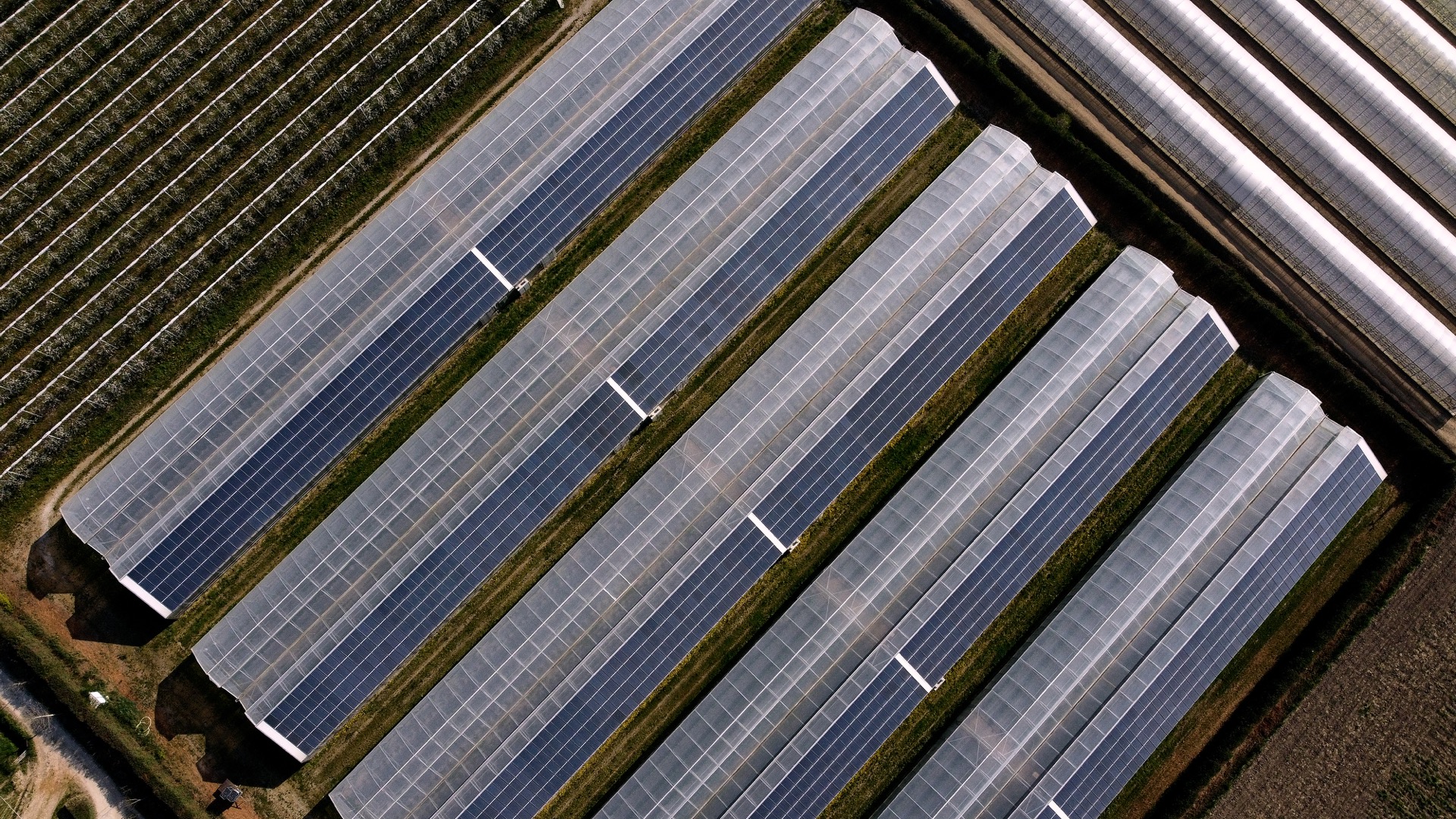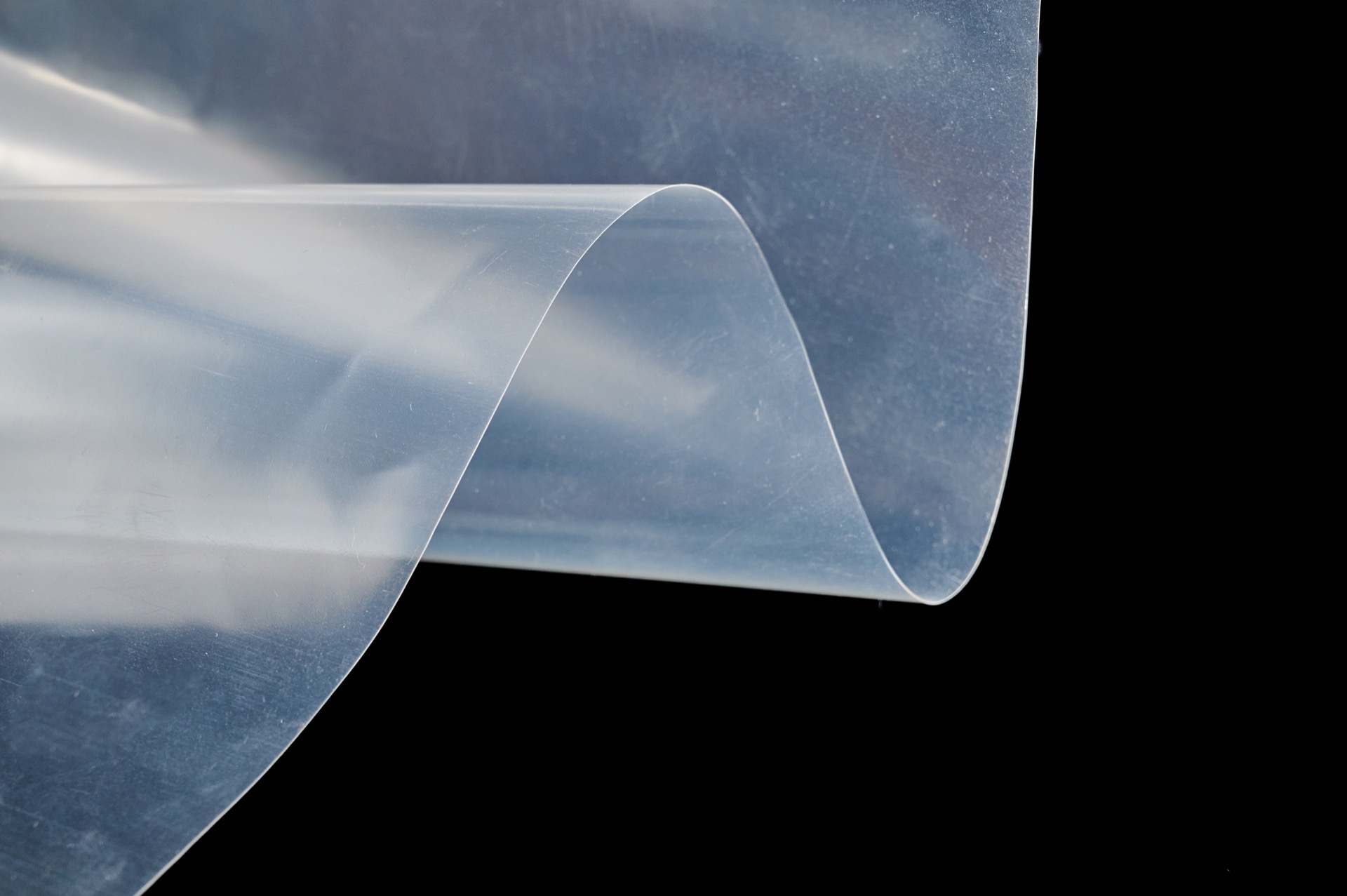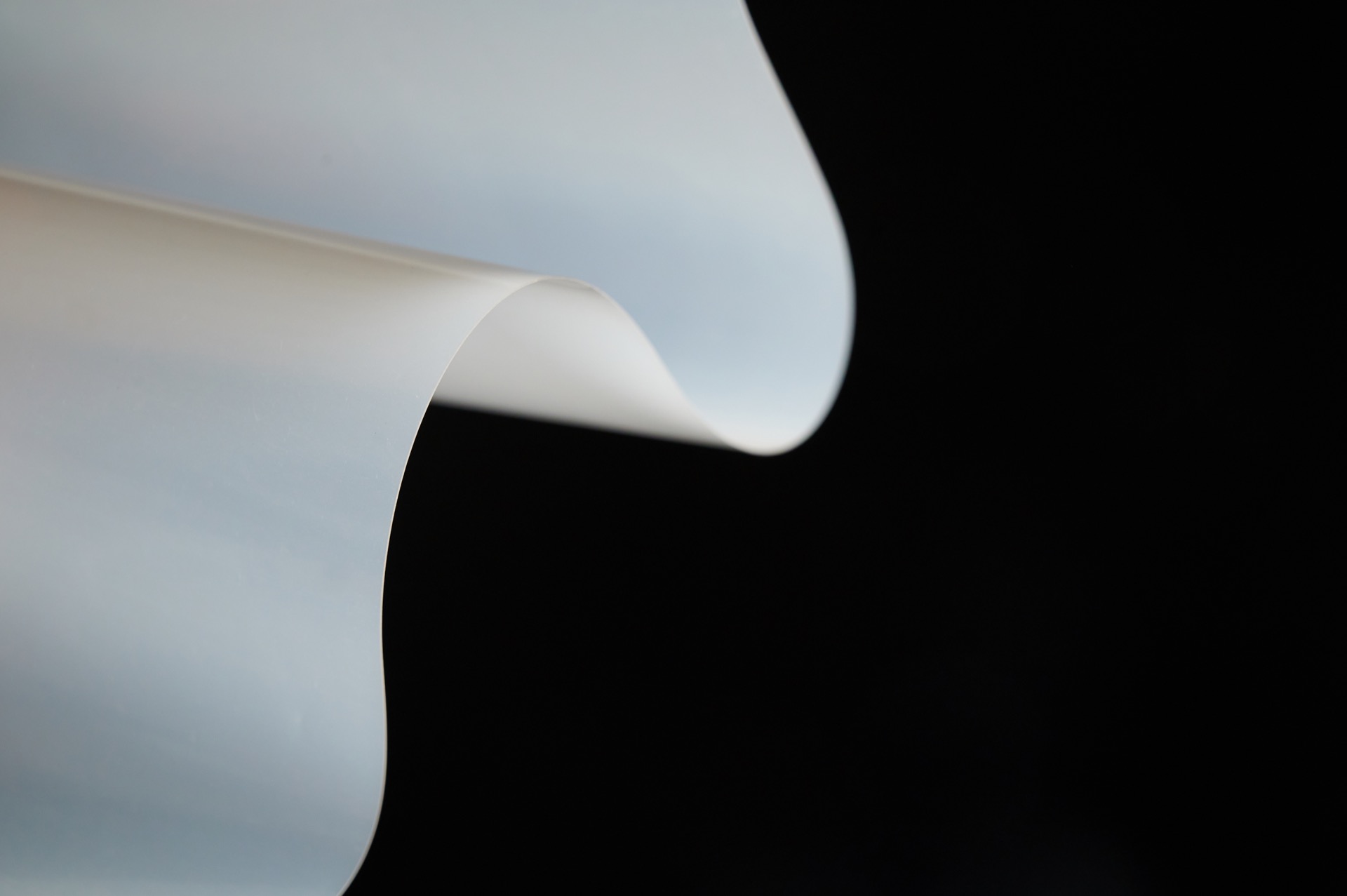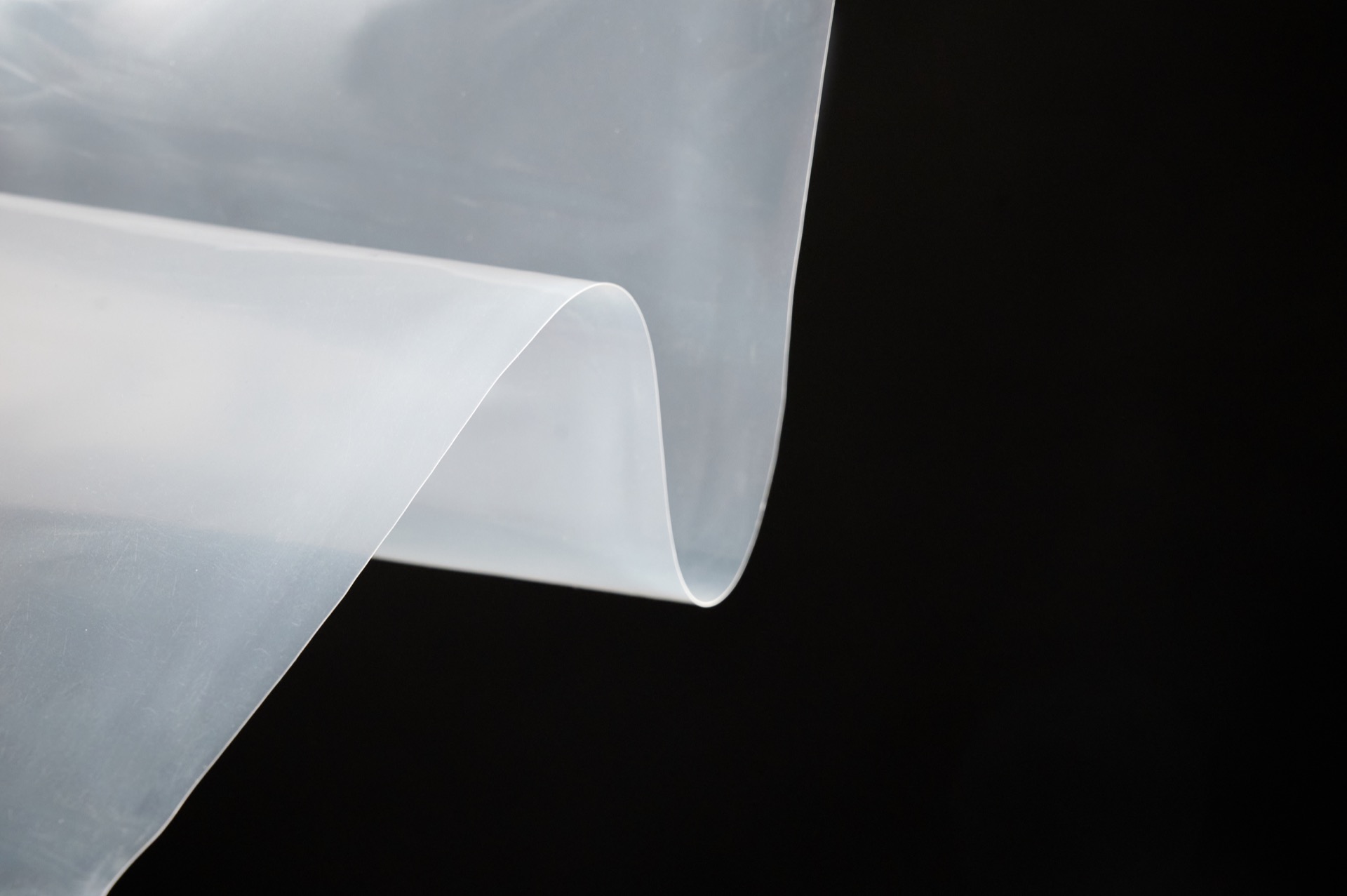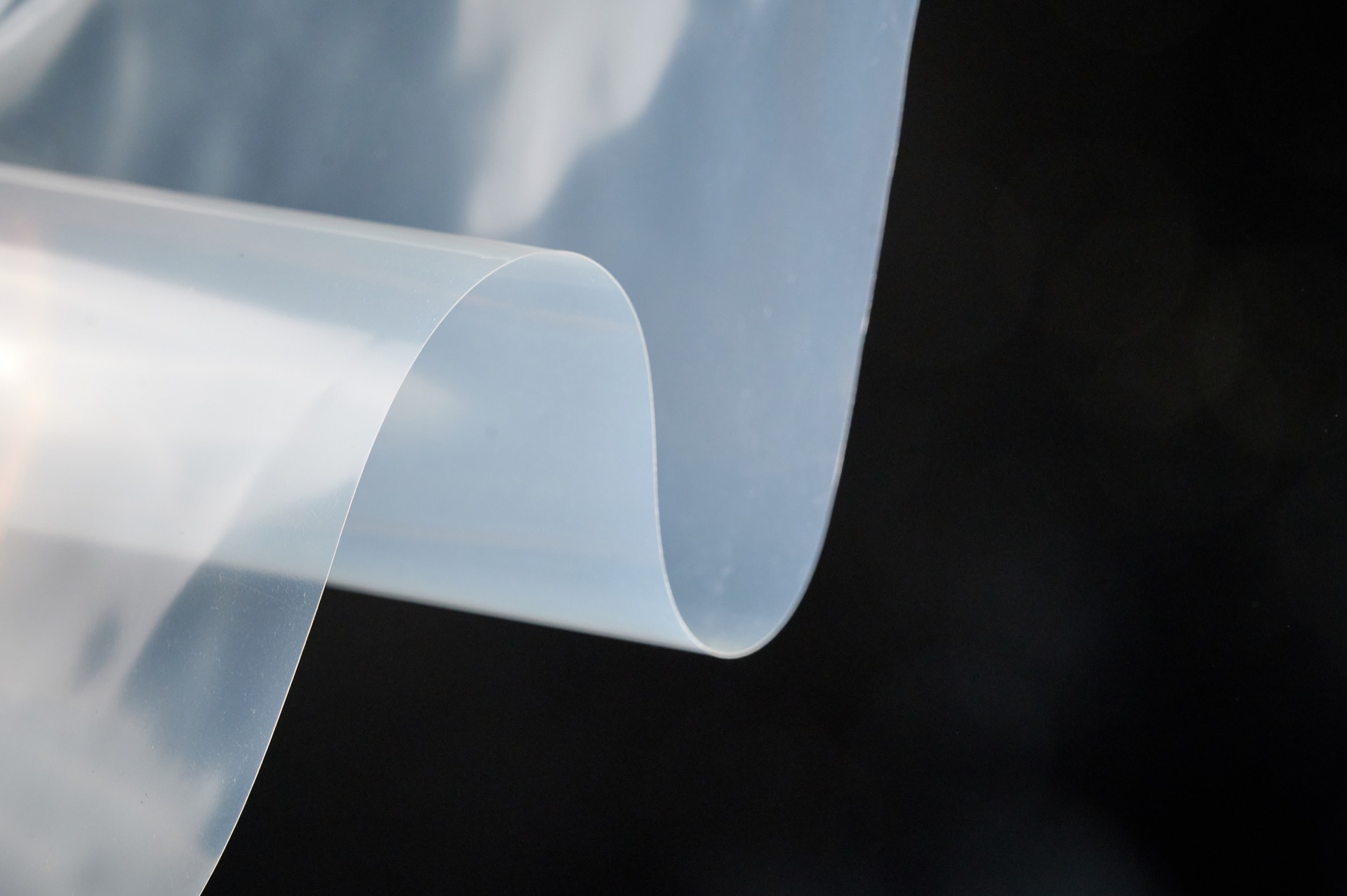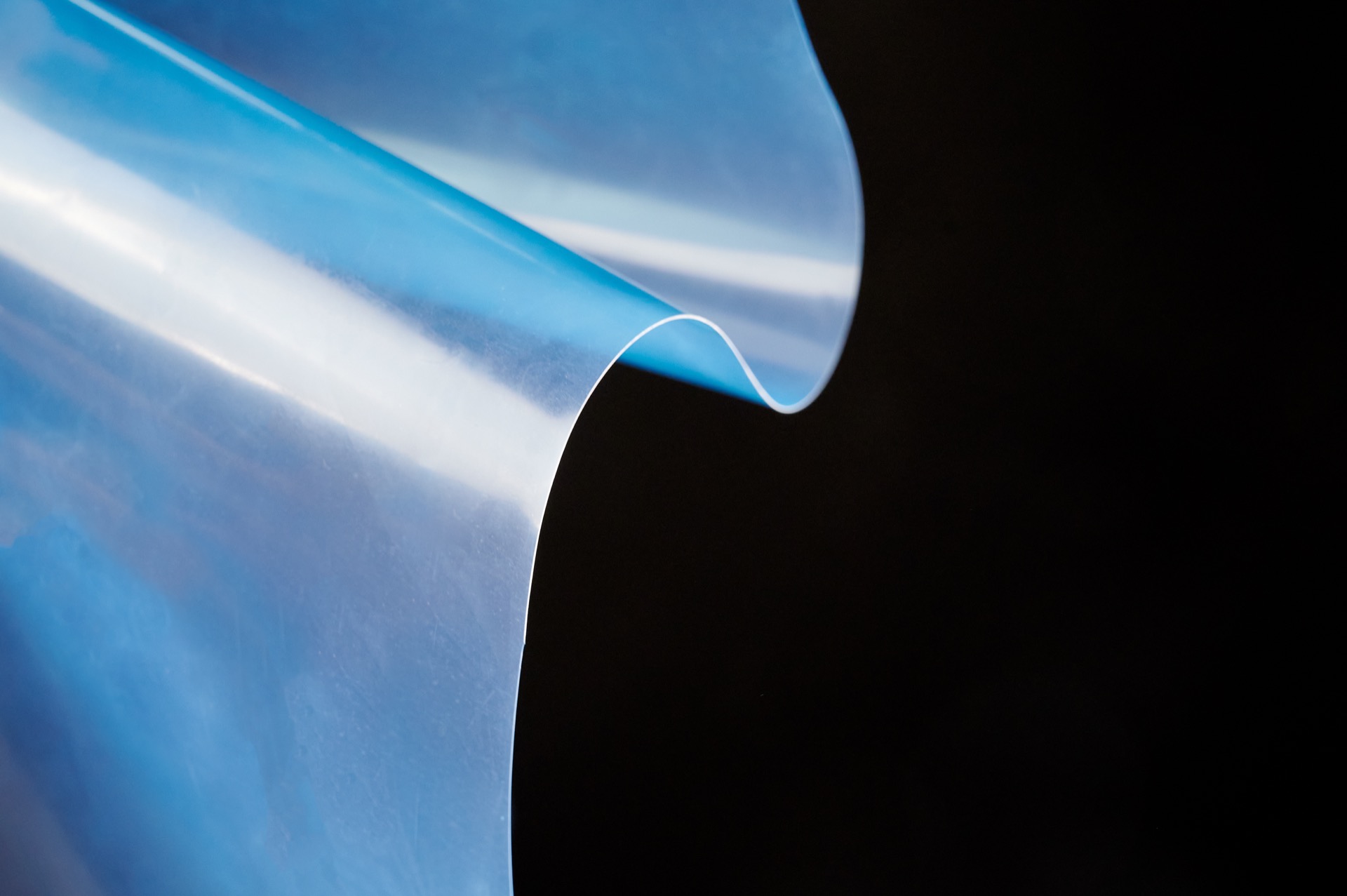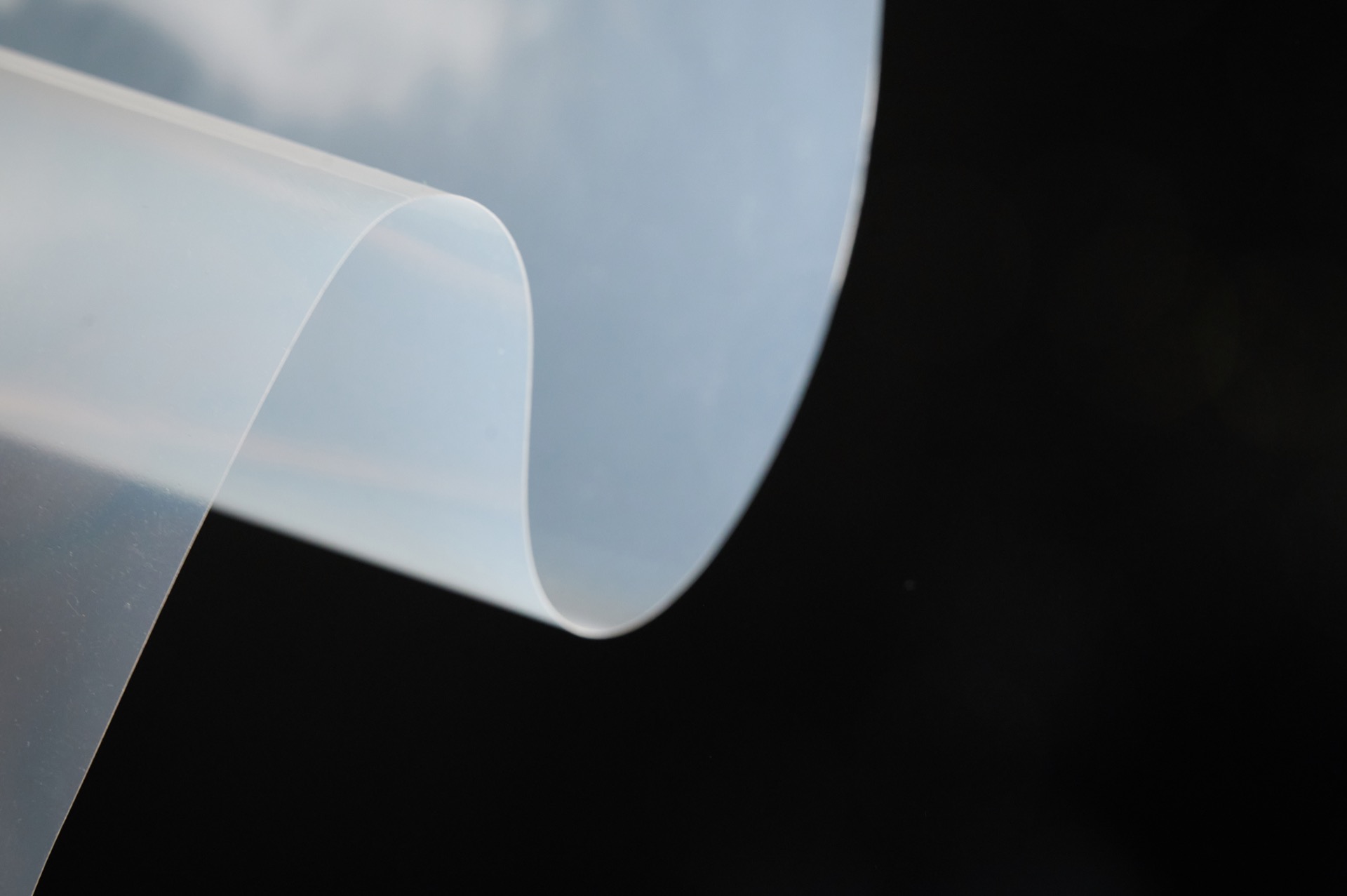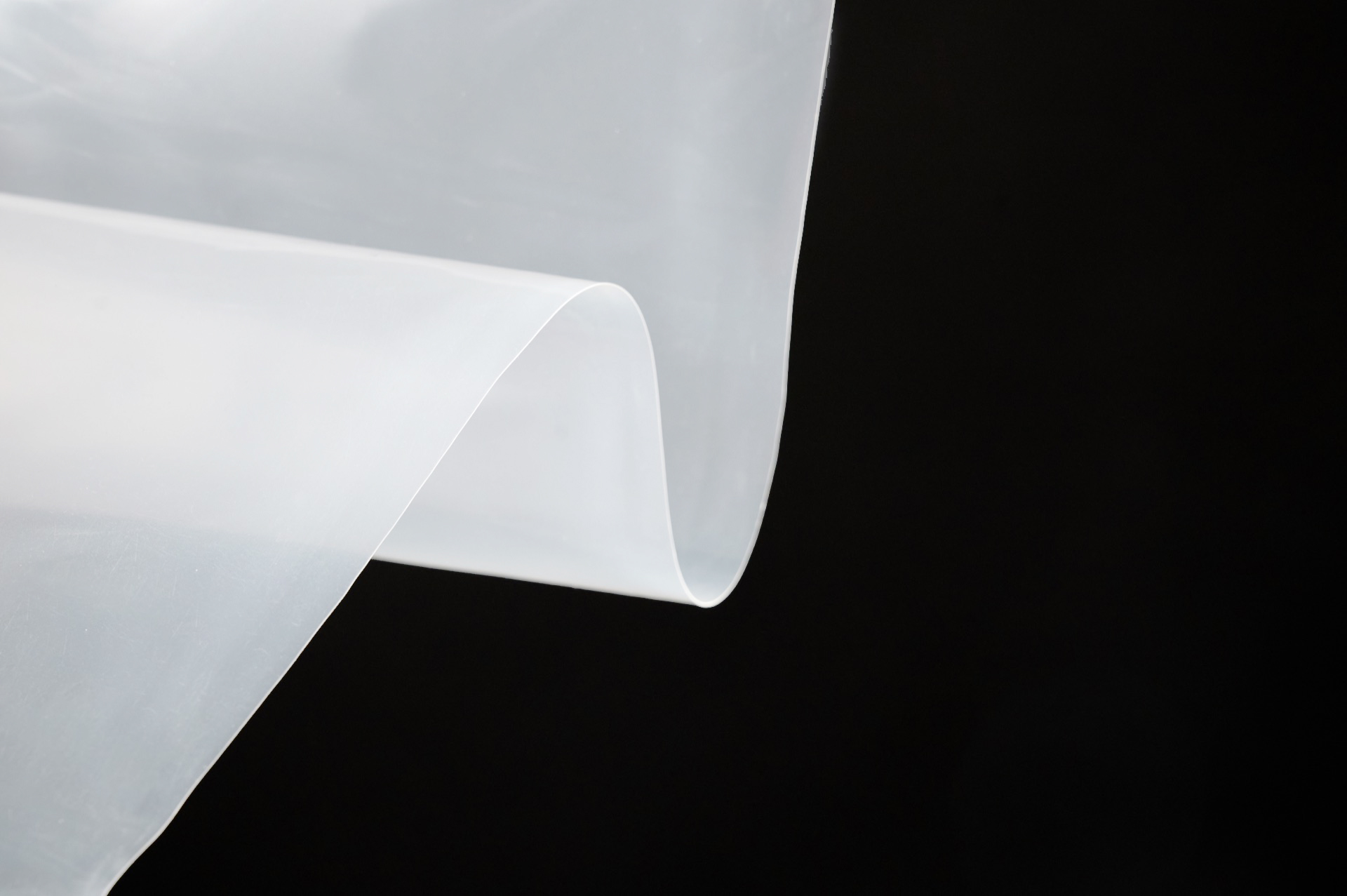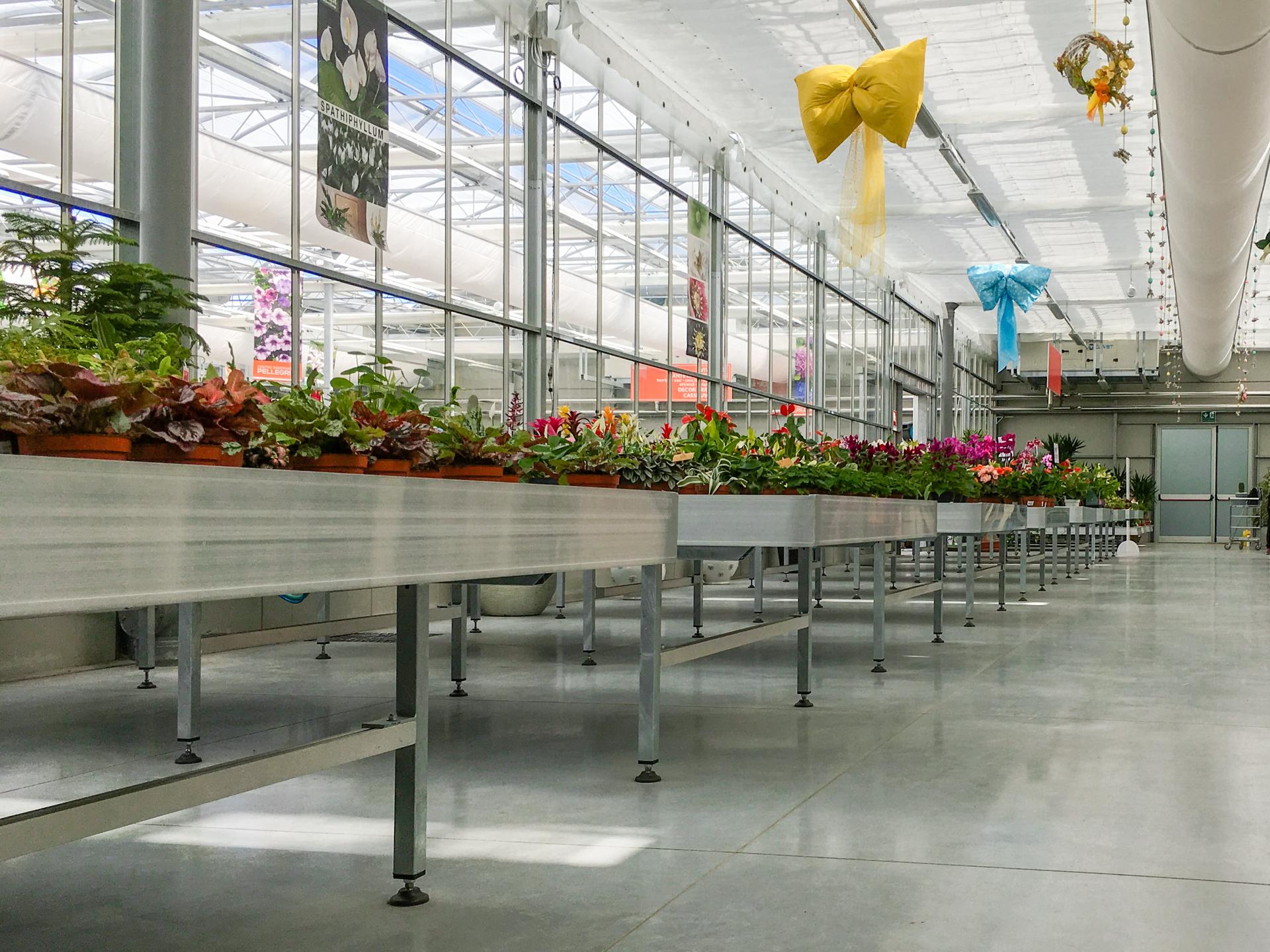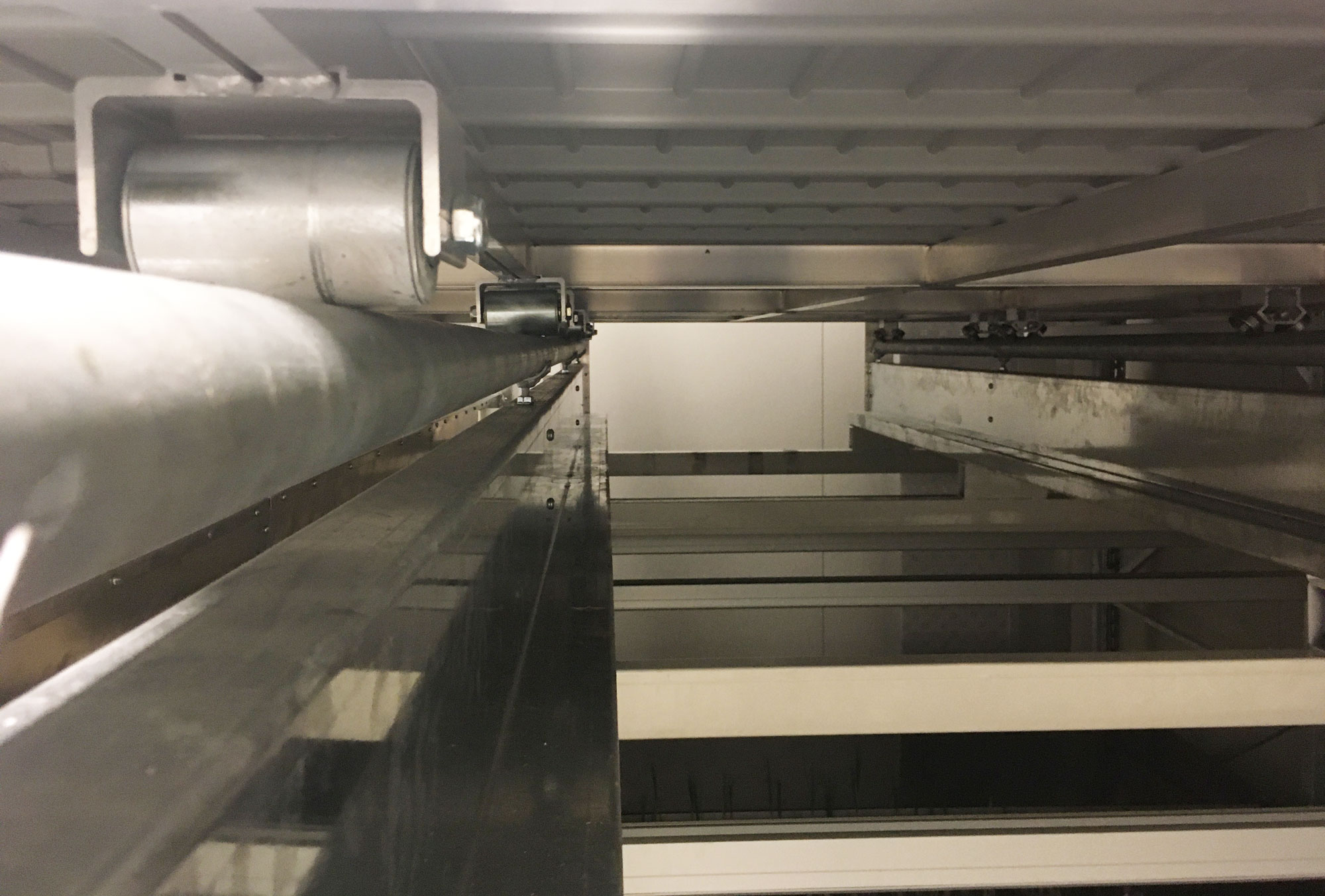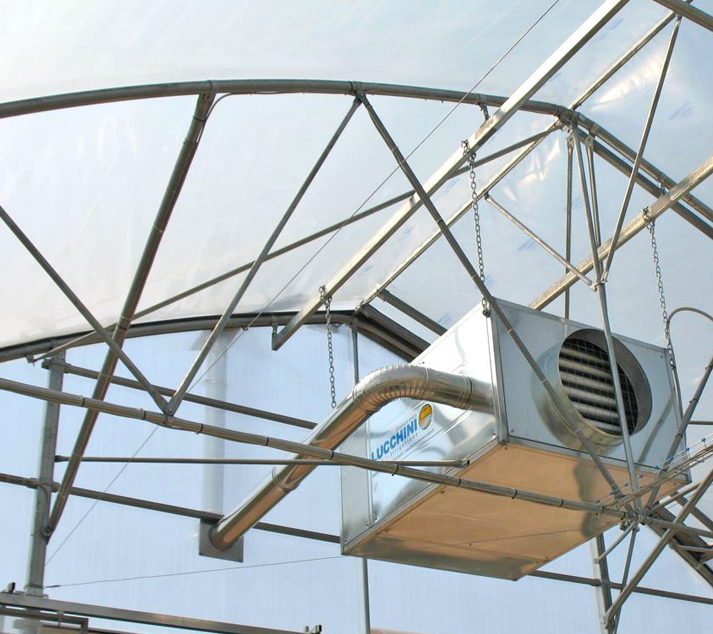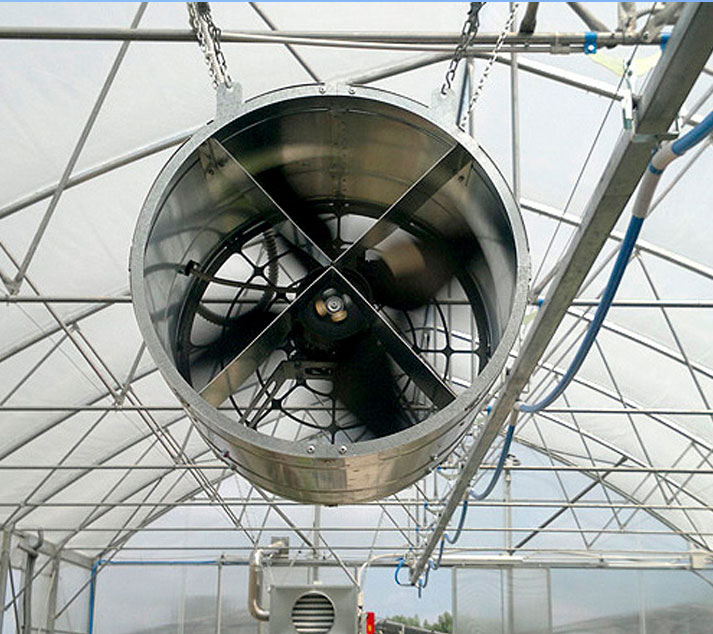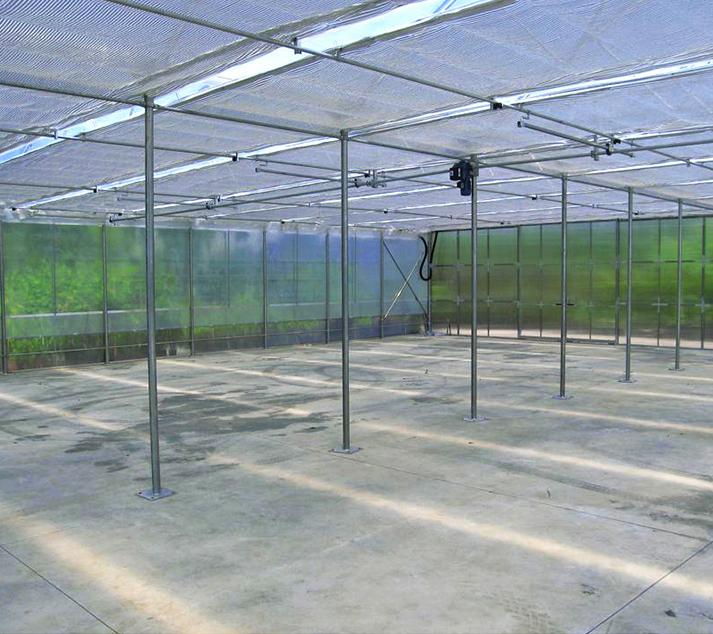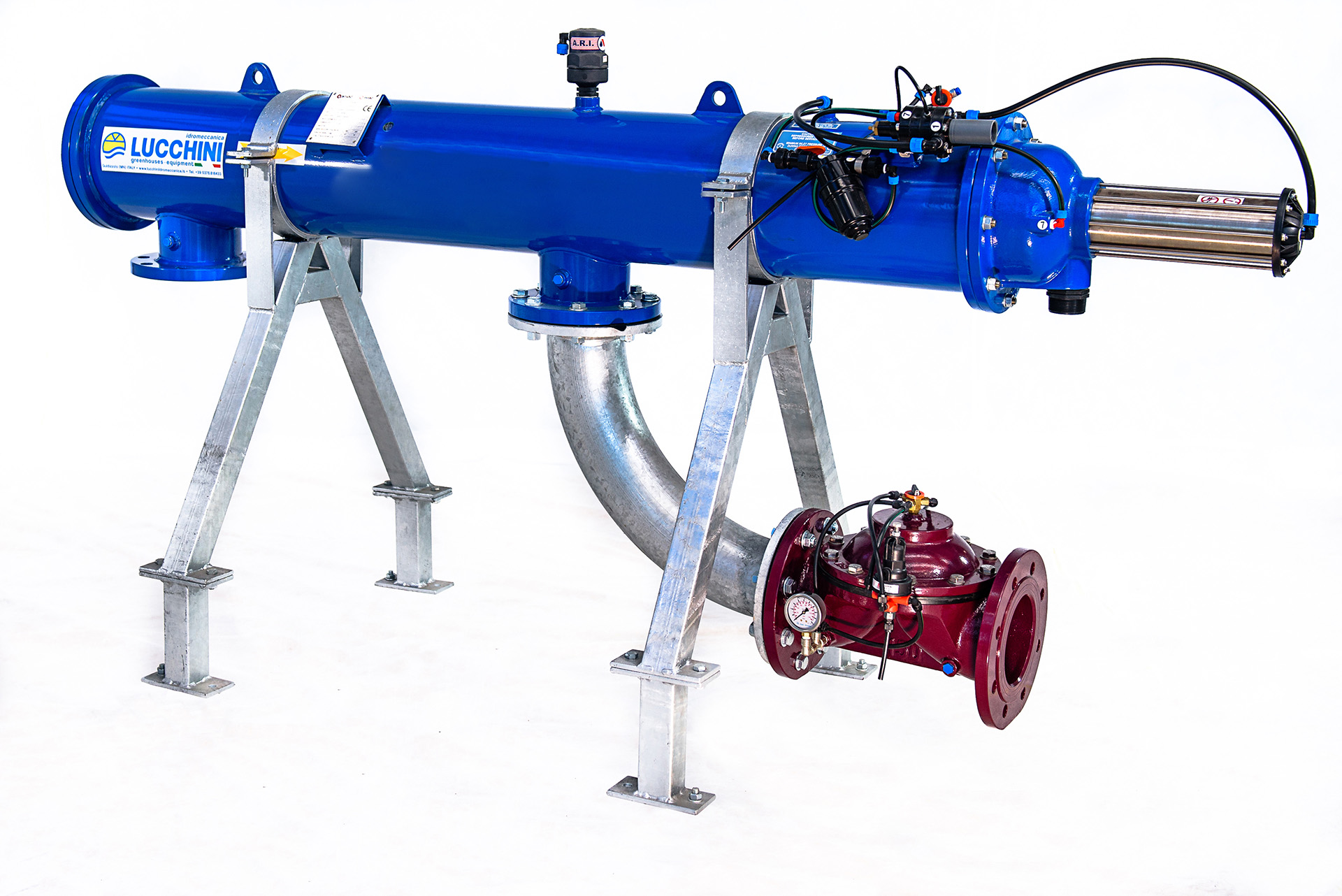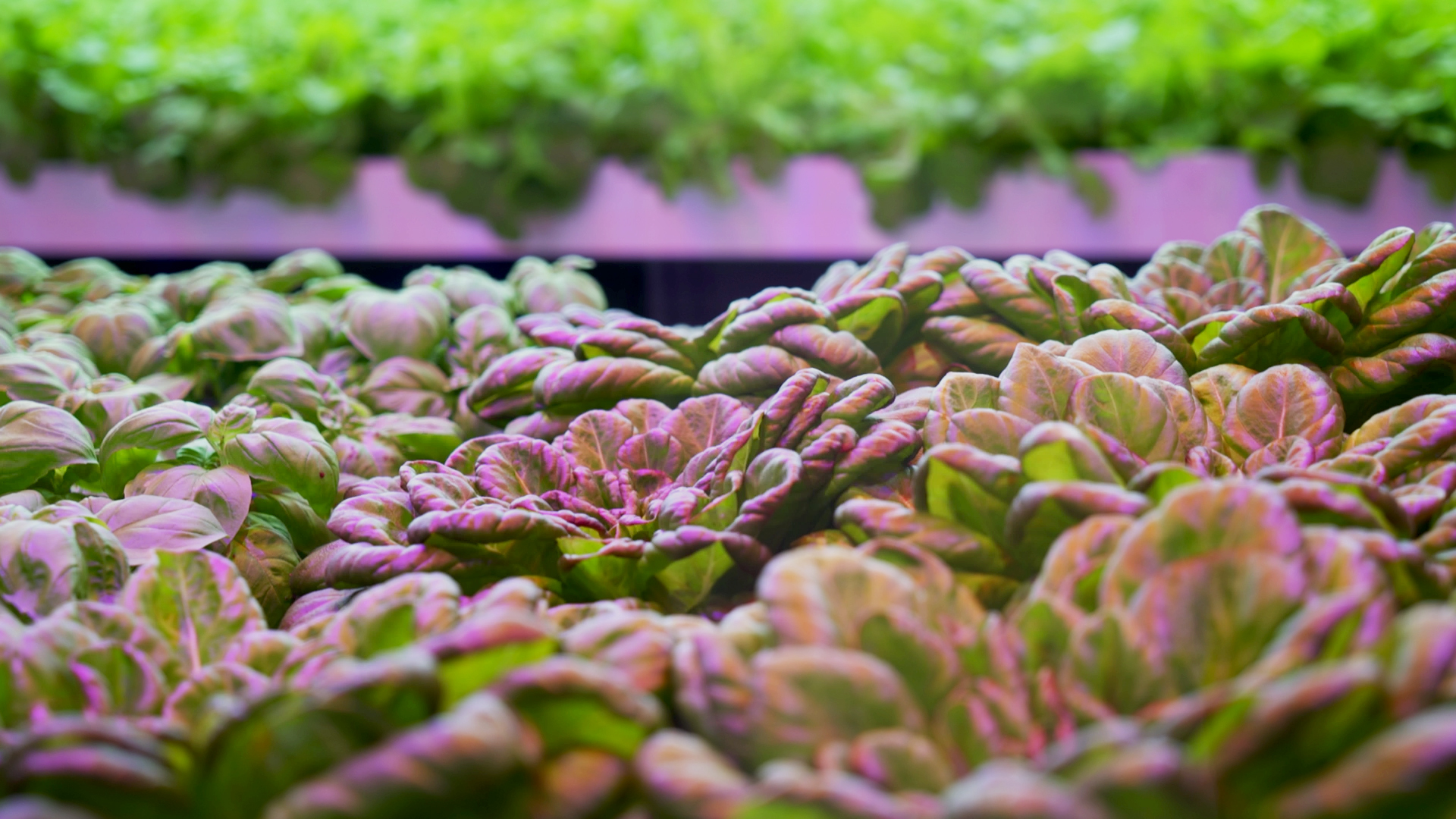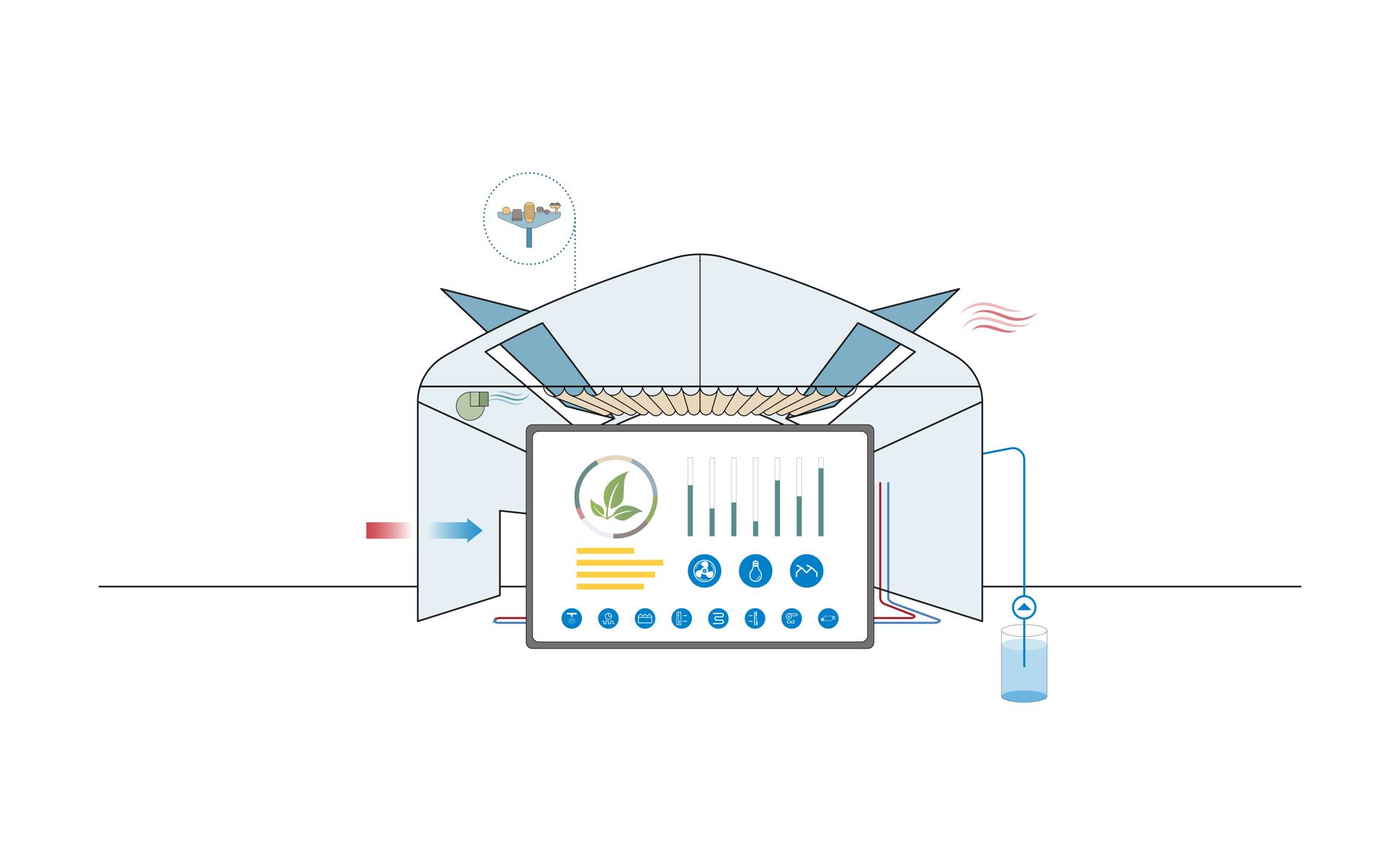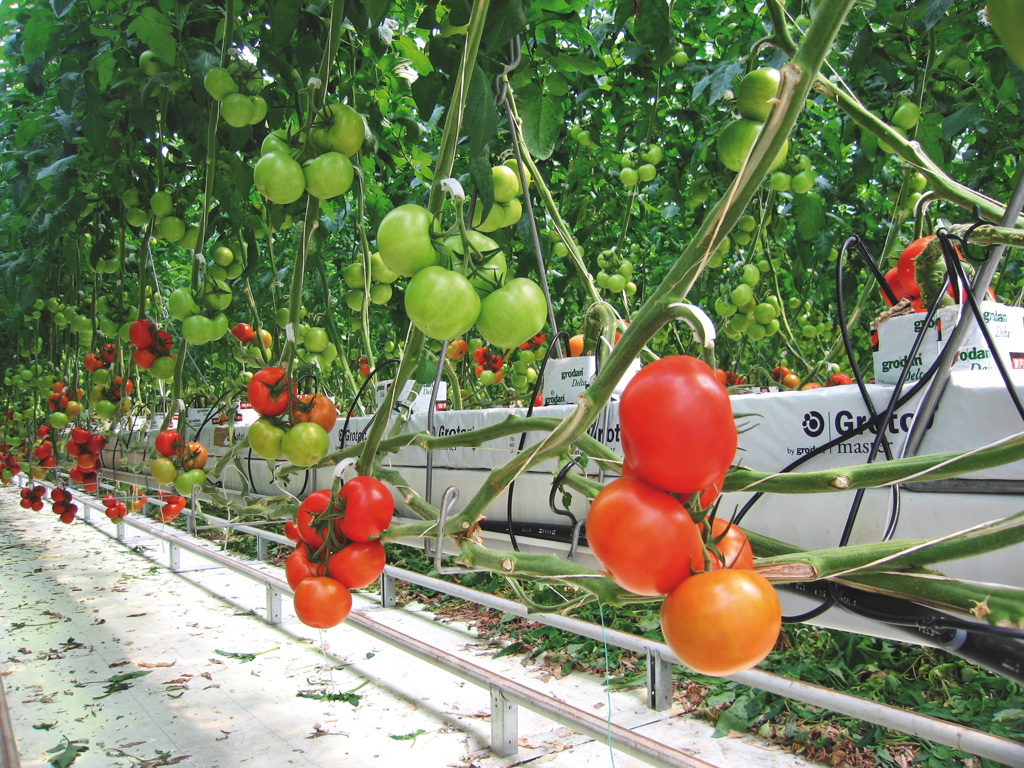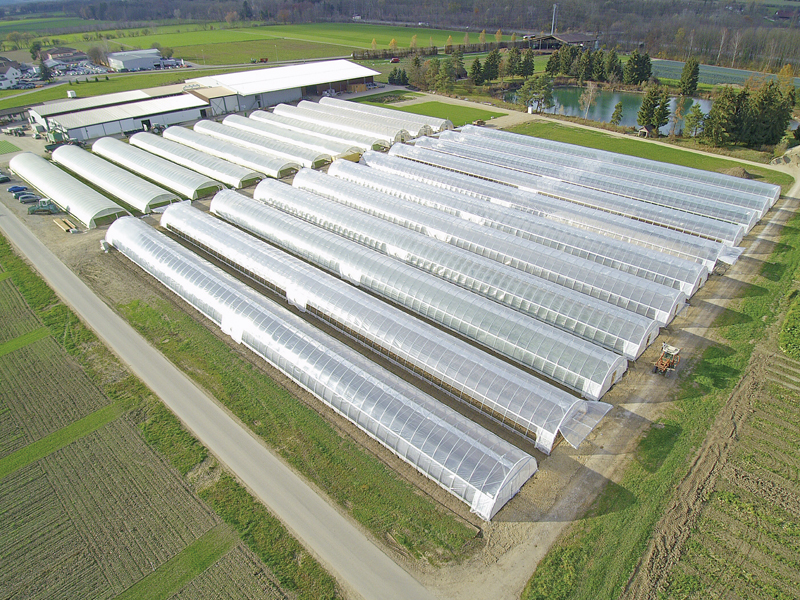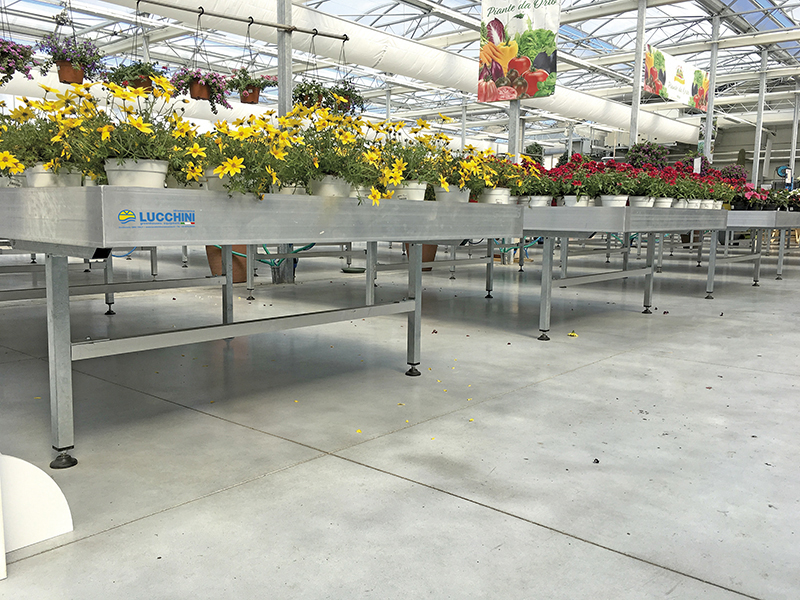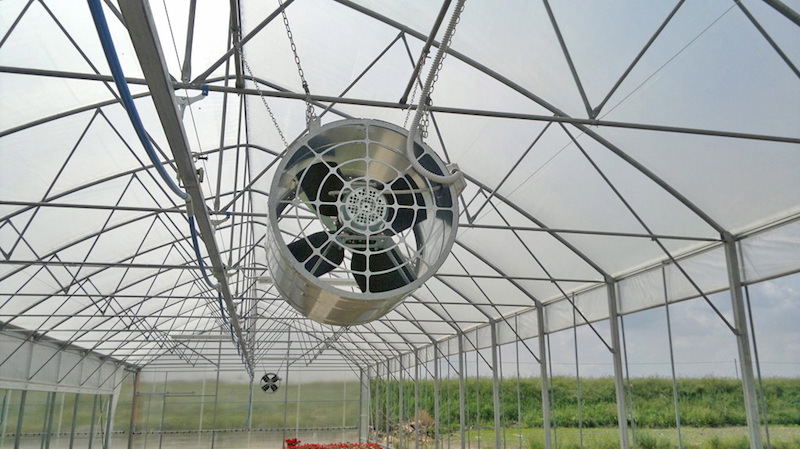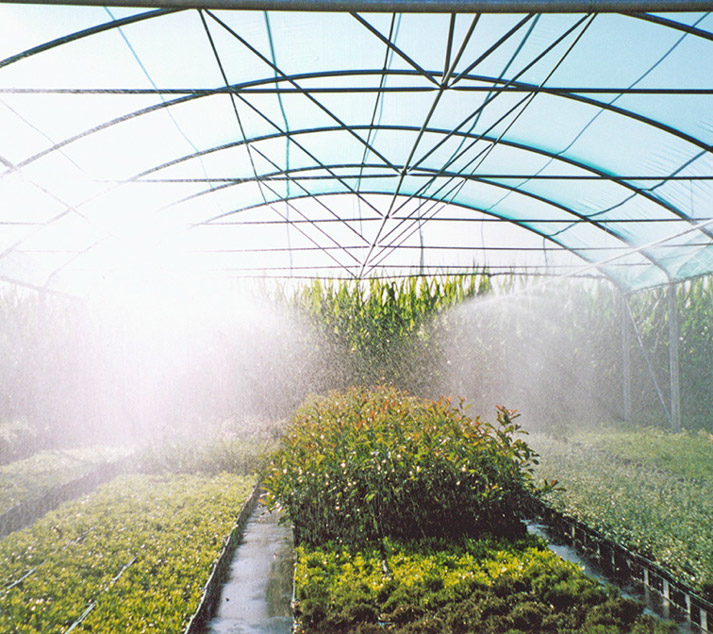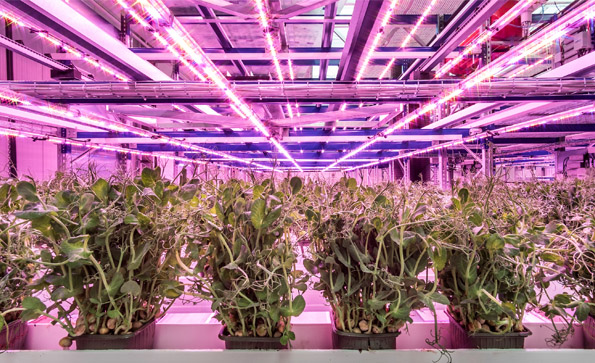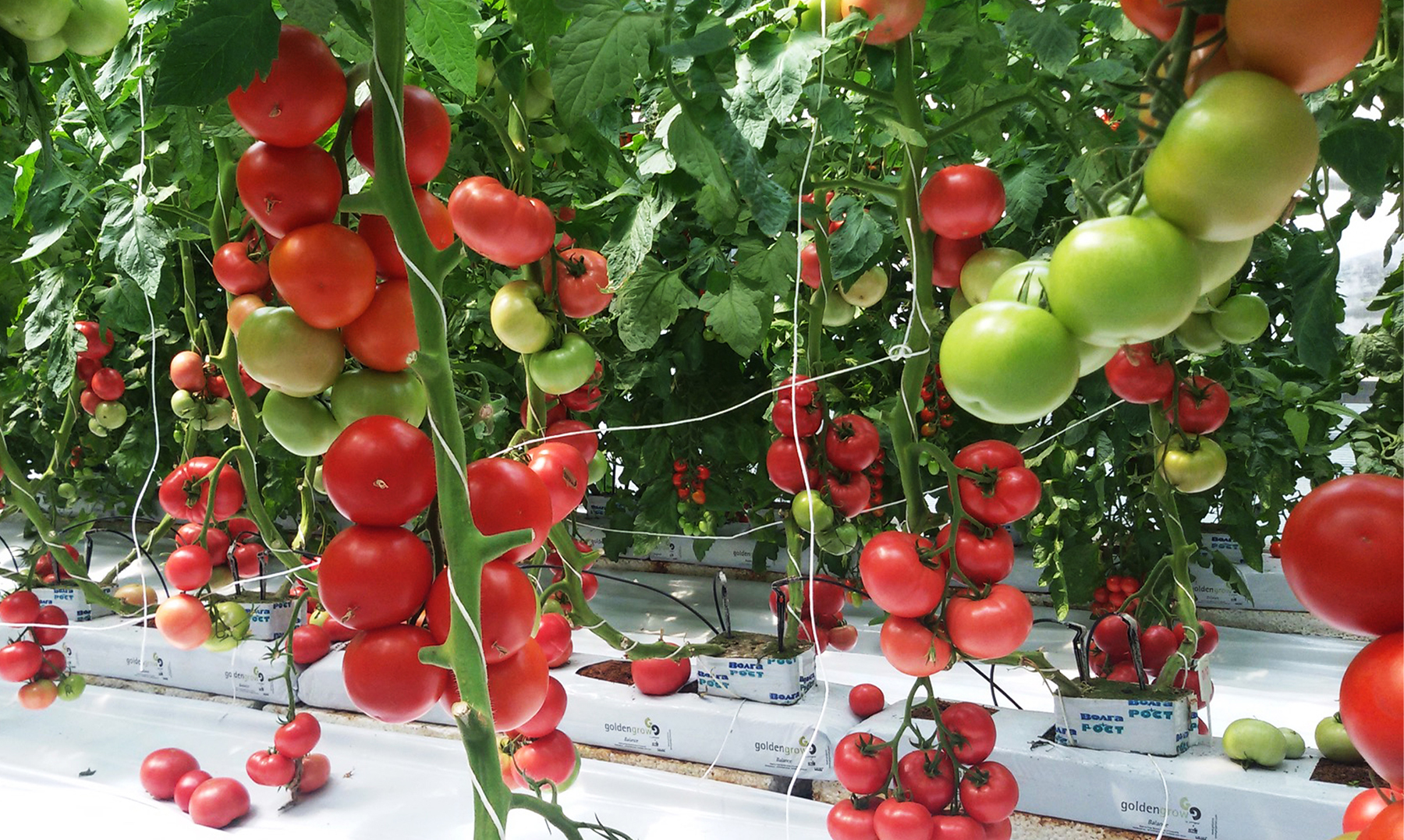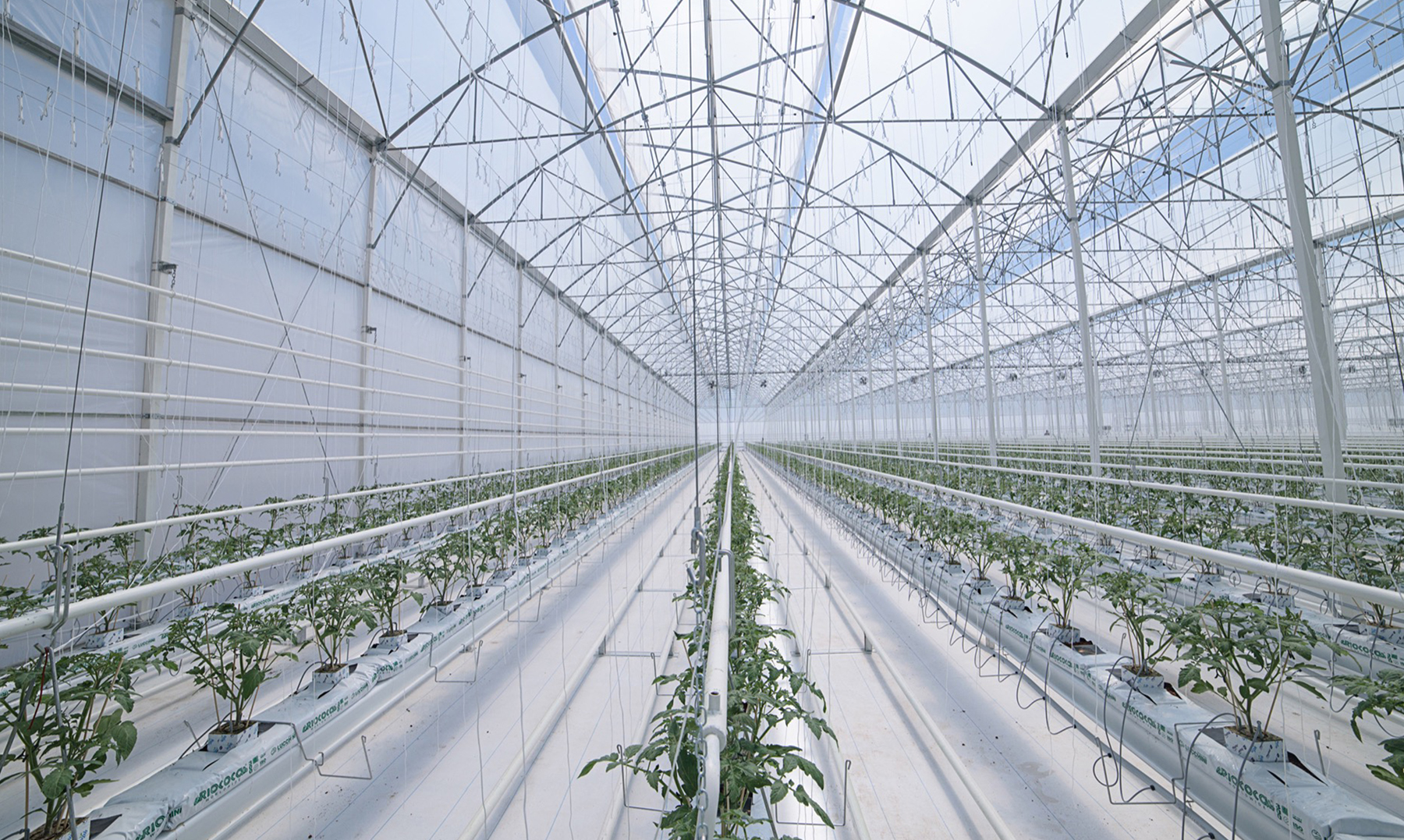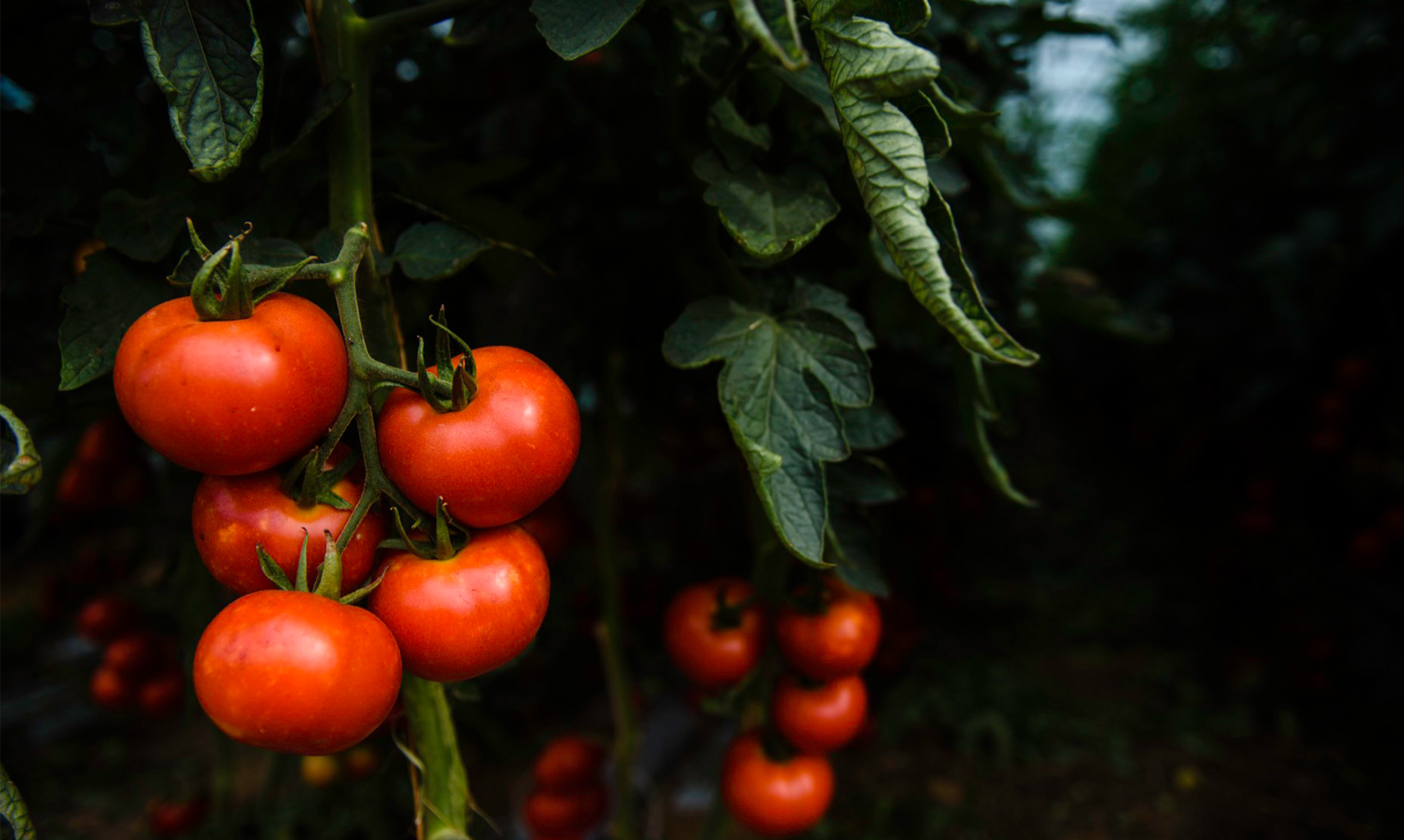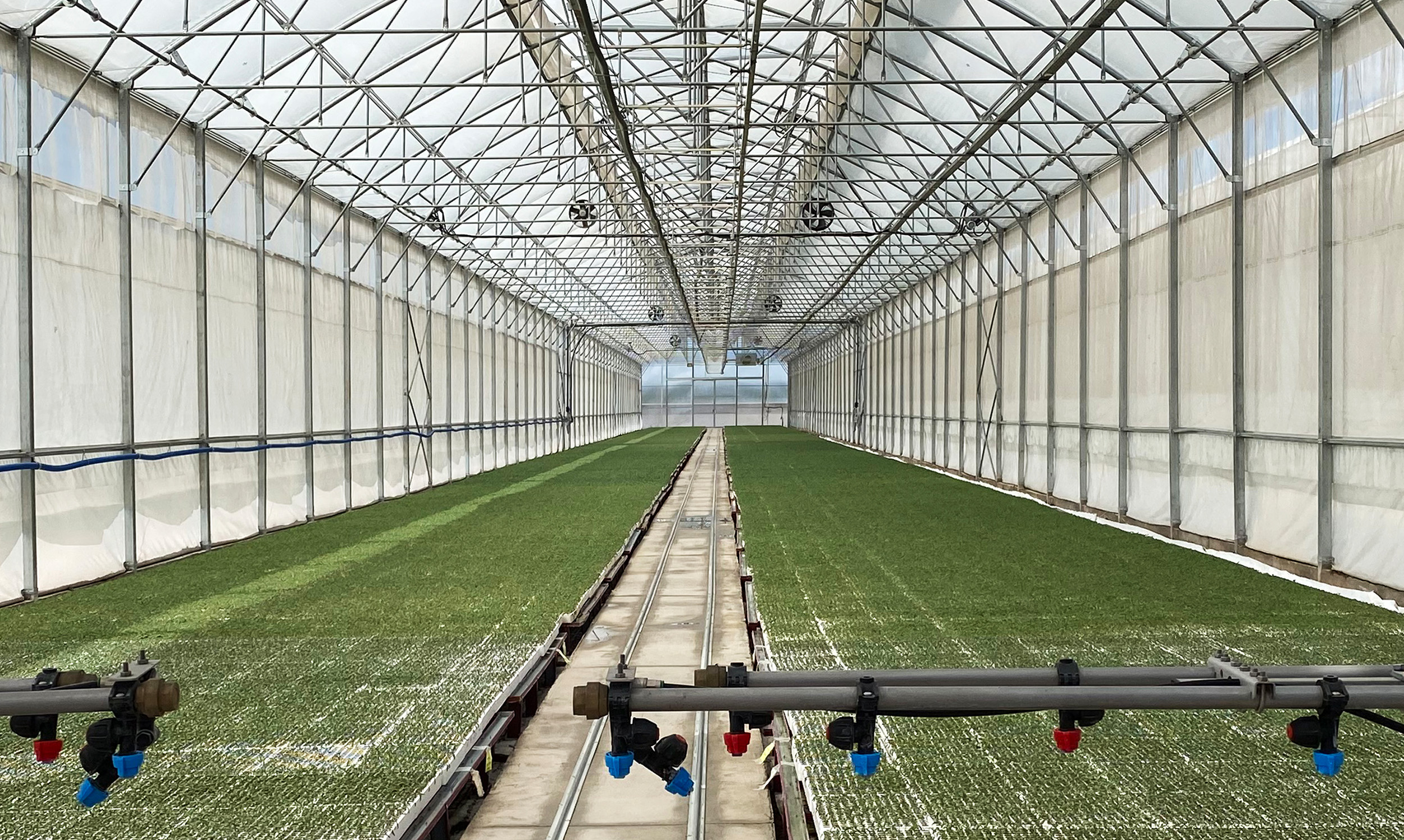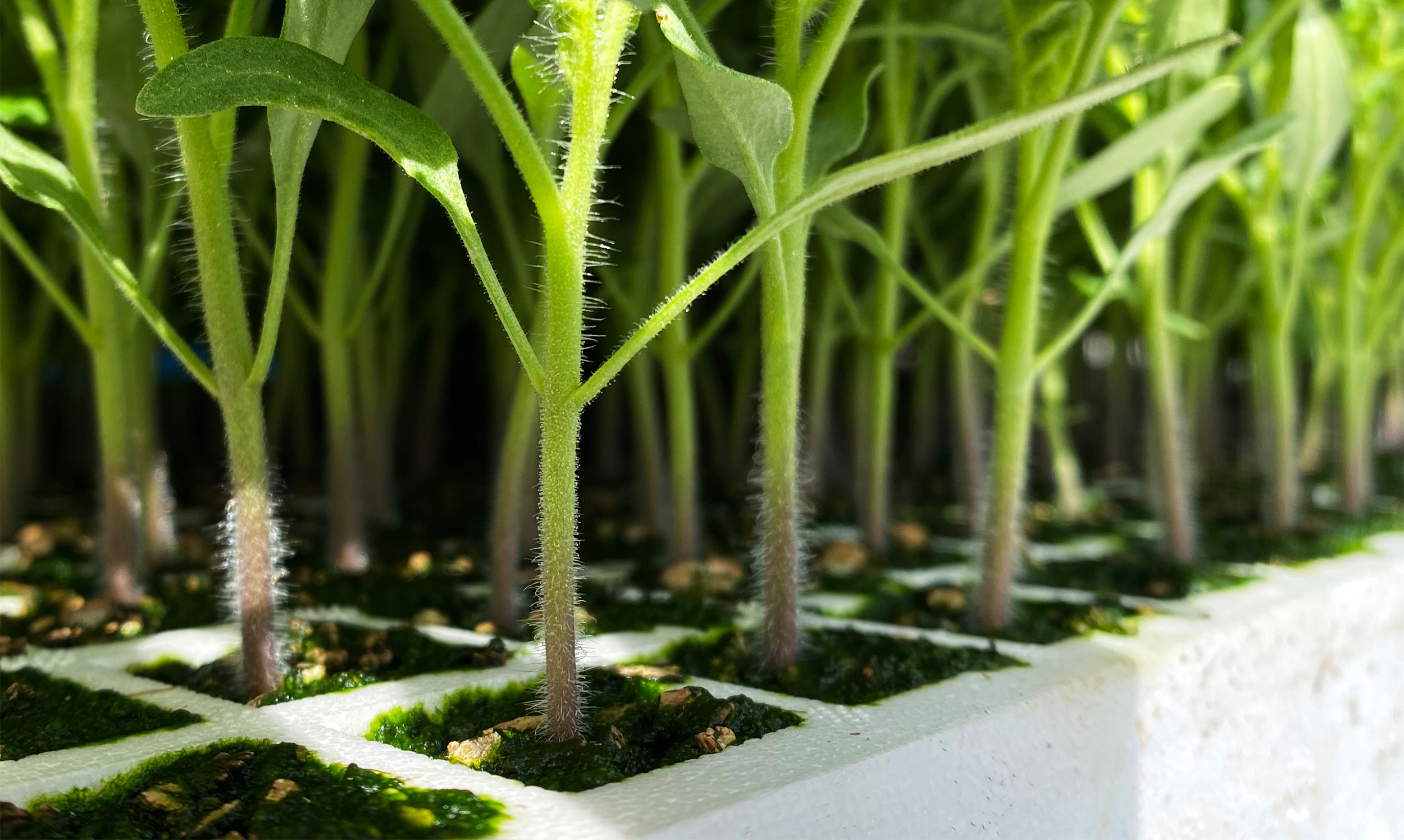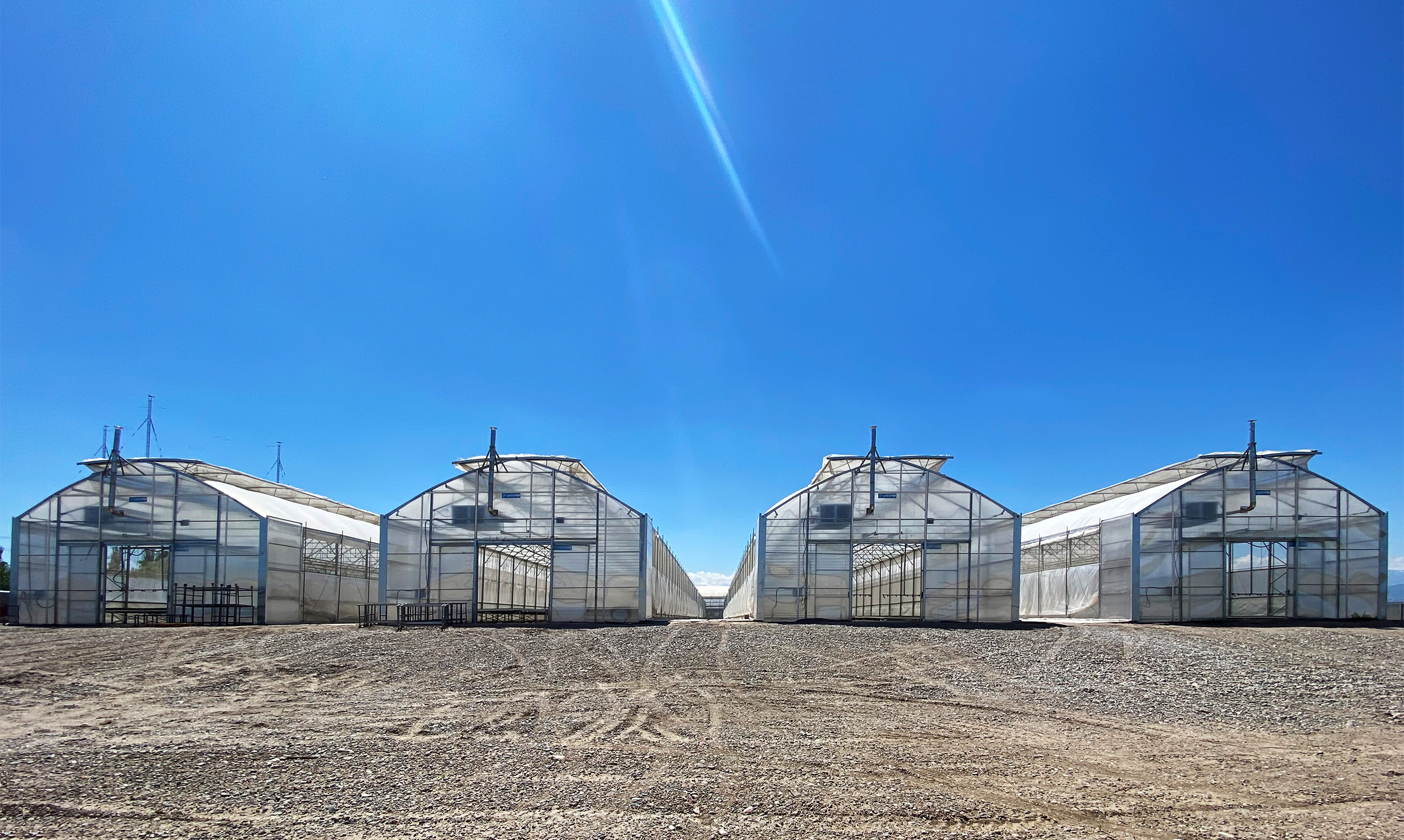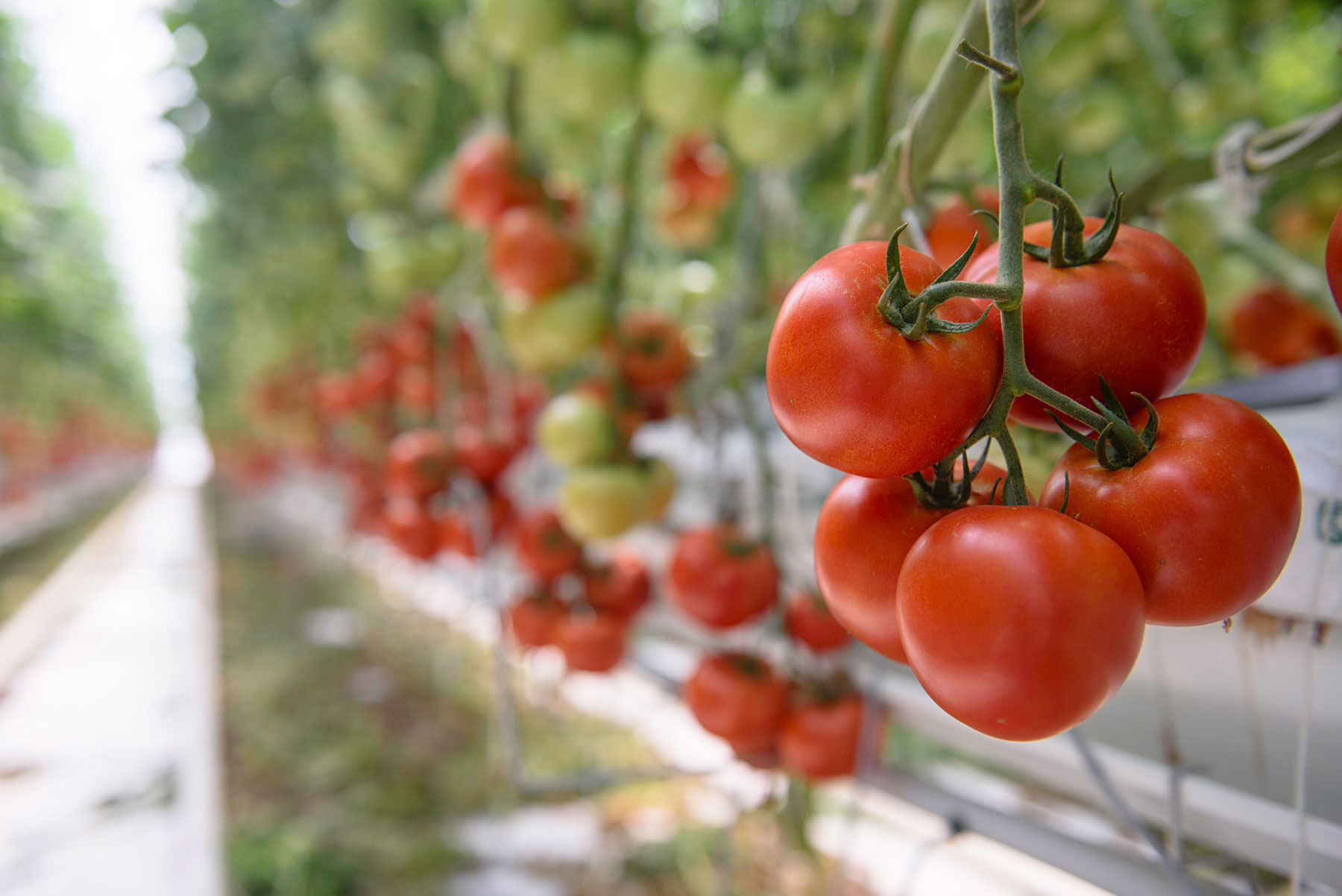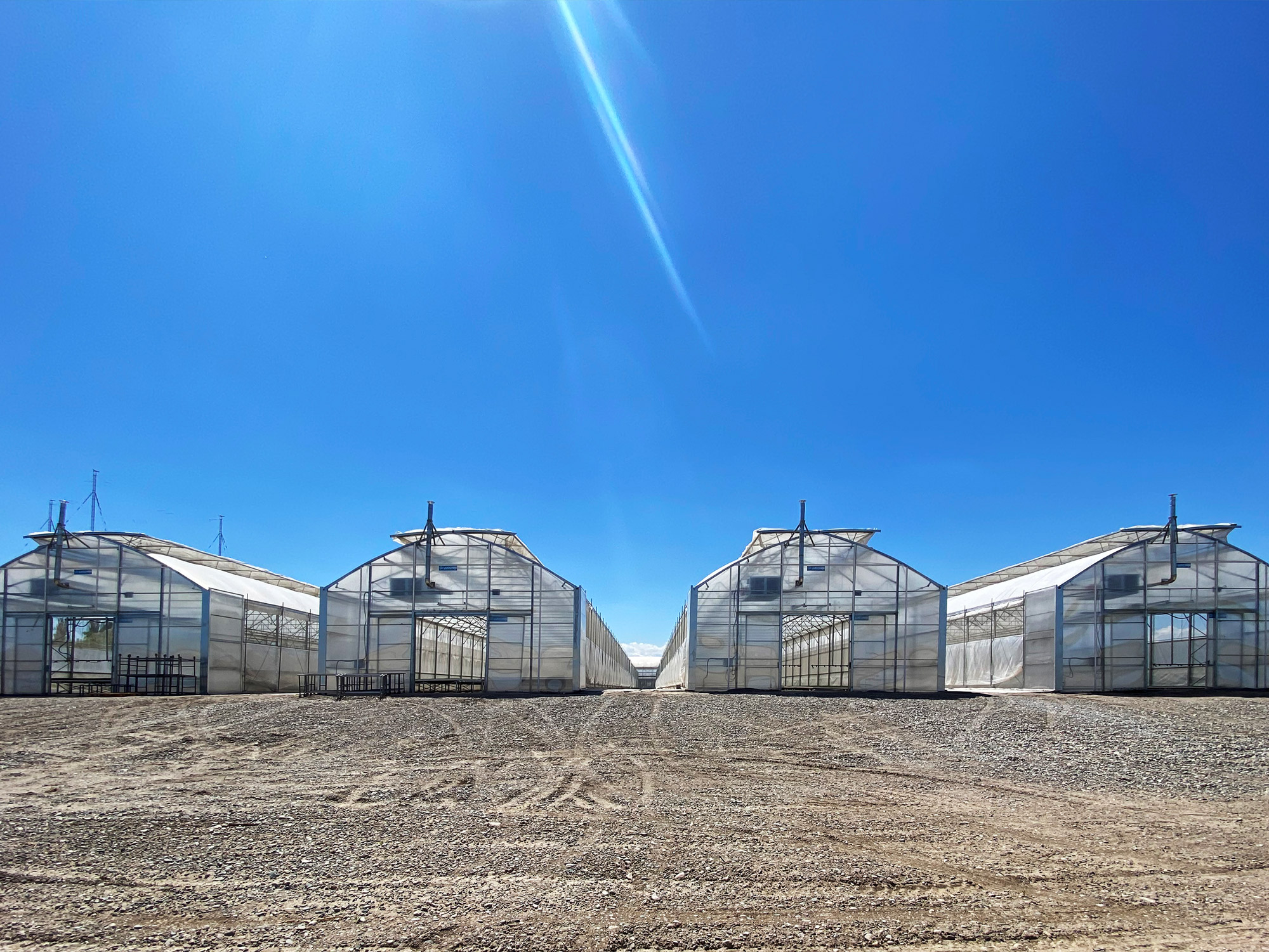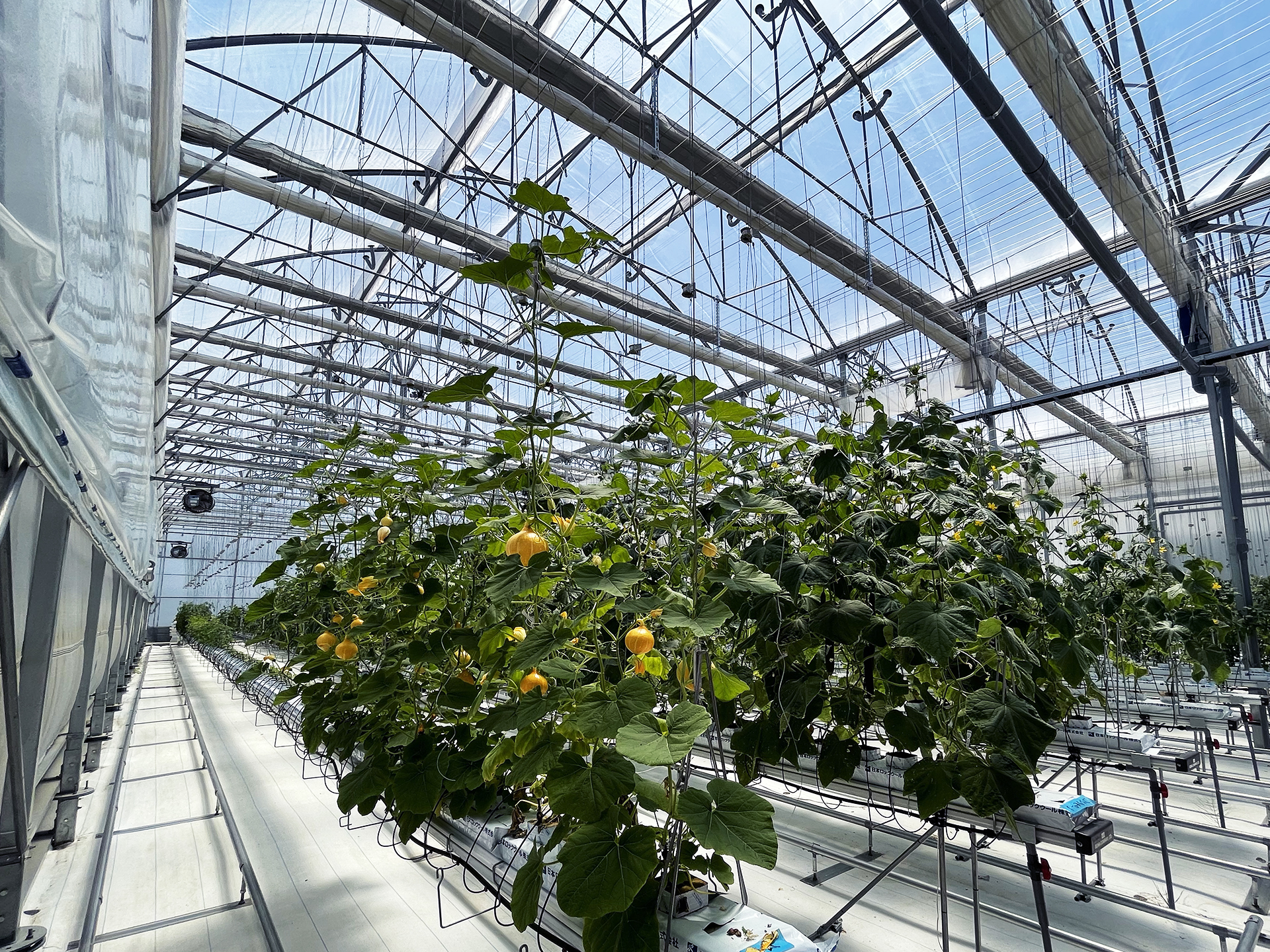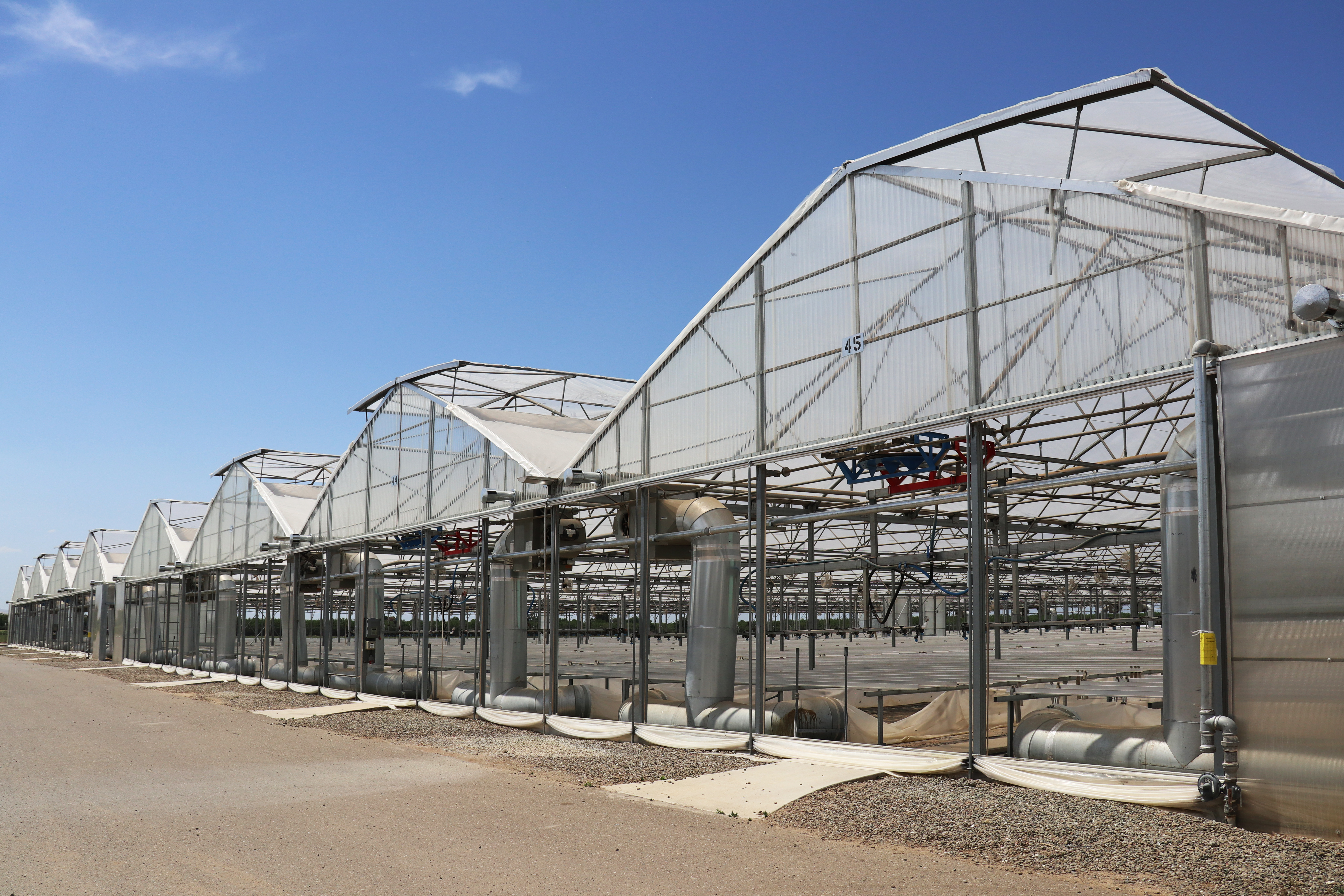A new season of content for professional and informed agriculture
With the launch of Idromeccanica Lucchini’s new website, we are introducing a new series of informative articles designed to support farmers, technicians, and enthusiasts in the advanced management of greenhouses. Alongside our usual case histories, you’ll now also find articles like this one, which explain, in a simple yet precise way, how to tackle everyday challenges in the greenhouse, in light of emerging trends in the industry.
Let’s start with a timeless classic of Italian agriculture: the tomato. The king of vegetables demands attention, knowledge, and a professional approach—especially in soilless cultivation. But how can you achieve healthy, profitable, and sustainable production? Let’s find out together.
Tomato Greenhouses: why how you grow matters
Tomatoes are among the most widely cultivated crops in the world and a beloved staple in Italian cuisine. But growing tomatoes is not easy, especially in greenhouses and soilless systems. Success depends on a mix of climatic, varietal, nutritional, and management factors.
A common mistake? Focusing only on what to grow, not how to grow it. Cultivation techniques and environmental control are often more important than the variety selected.
1. Climate and Environmental Control: stability above all
Tomatoes prefer a mild and stable climate, ideally between 18°C and 25°C. But that’s not enough: controlled humidity, constant air exchange, and particular attention during the early morning hours are essential.
Why? At sunrise, the plant "wakes up," opens its stomata, and activates. During this critical time, dew can act as a carrier for pathogens, creating the perfect environment for molds, fungi, and bacteria.
Technical tip: artificially heating the greenhouse in the early morning can help dissipate residual humidity and prevent infections.
2. Monitoring and prevention: the true competitive advantage
In a modern greenhouse, a reactive approach isn’t enough. Predictive monitoring—visual, sensor-based, and/or data-driven (climatic and agronomic)—is essential.
This enables you to:
- Take targeted action
- Prevent the spread of pathogens
- Optimize treatments
- Avoid resistance caused by repeated, ineffective treatments
Mistake to avoid: not analyzing data or acting based on "gut feeling." Today’s professional agriculture is, above all, intelligent information management.
3. Variety, Nutrition, and Irrigation: three levers for productivity
Choosing the right variety is a crucial first step. Disease-resistant, productive varieties that match the greenhouse cycle ensure high performance and fewer surprises.
From a nutritional standpoint, the NPK (Nitrogen, Phosphorus, Potassium) combination remains a standard, but balance is key:
- Too much nitrogen leads to excessive foliage growth and hinders fruiting
- Proper nutrition strengthens thermoregulation, which is essential in summer
Technical tip: irrigation should be consistent but well-calibrated; both overwatering and underwatering can harm fruit quality and plant health.
4. Substrate and Roots: pay attention to what you can’t see
In soilless cultivation, the substrate or soil acts as the root’s "habitat." It must be monitored and periodically replaced.
Roots are the first point of contact for diseases and nutritional imbalances. A diseased root system can compromise the entire plant.
5. Maintenance and Cleanliness: the greenhouse is an agricultural machine
A neglected tomato greenhouse is an inefficient one. Regular cleaning of both surfaces and technical systems is a crucial investment to:
- Ensure healthy crops
- Improve climate efficiency
- Extend system lifespan
- Reduce extraordinary maintenance costs
Remember: Don’t over-prune leaves. They protect against heat and help the plant "breathe." Fewer leaves, more stress.
Conclusion – Good cultivation is possible, and necessary
In greenhouse farming, every technical decision directly affects yield, plant health, and production costs. By working methodically and relying on data and agronomic common sense; namely respecting the plant, boosting productivity, and ensuring consistent quality.
Idromeccanica Lucchini supports growers with tailored solutions for every need: high-tech greenhouses, climate systems, irrigation setups, and agronomic consulting.
This is just the first in a series of technical insights. Because explaining how this fascinating world works is part of our DNA.
See you in the next blog article!






